|
Join me on a road trip to visit four unique wineries along the southeastern stretch of Sicily. It is an expanse of land filled with beautiful landscapes, historic sites, ancient ruins, and distinctive terroir that lured these wineries here. And, of course, there is lots of wine and mouthwatering local cuisine to taste! My last article about Sicily covered Vittoria DOCG, the final stop on my southeastern wine tour. http://thewineknitter.com/the-journal/a-taste-of-vittoria Today, we will go back to the beginning of the tour with Catania as our starting point. The sea to the east and the mountains to the west were a constant companion as we traversed the terrain, making our way south. On our way to Siracusa, we stopped for a seaside lunch at Stravento Ristorante Sul Mare in the hamlet of Brucoli in Augusta by the Ionian Sea. Here is a sampling of the local cuisine we enjoyed. (All slideshow photo credits: Penny Weiss) Having sated our palates, we continued on our journey south to explore a few wineries. Peter Vinding-Diers Montecarubbo Winery Montecarrubo is a small 5-hectare estate situated on the remains of an inactive volcano that exploded approximately two million years ago. It is near the town of Melilli, with breathtaking views overlooking the Ionian Sea and the bay of Augusta, between Catania and Siracusa. Peter and Susie Vinding-Diers came to Sicily seeking unusual and serious terroir to plant vineyards. Peter’s extensive experience as a winemaker has taken him to places such as South Africa, Bordeaux, Brazil, Spain, Chile, and Hungry, always leaving his mark as a talented winemaker and innovator. And now, he and his wife are in Sicily making Syrah! Yes, I said Syrah. Peter said, “I tried making Nero d’Avola, but it doesn’t interest me. I’m here to make Syrah. The mutations of Syrah here are endless, and I wanted something more precise.” After finding the perfect setting, the winery was established in 2005. At the time of purchase, the land was just grass, stone, and old lava pieces. Once Peter began bulldozing the land, he discovered a “beautiful profile of perfect soils with different layers and a top layer of coral reef.” He described it as light sand with fragments of coral reef to the west with deep loamy granulated black subsoil full of oxygen. And to the east, facing the Ionian Sea, it is a former seabed with fossilized sand. “You could call this a paleolithic vineyard.” They planted two vineyards of Syrah in 2010. His wines from these vineyards have been rated among the best examples of Syrah in Italy. Montecarrubo is certified organic. Fermentations are spontaneous with natural yeasts, and the wine is aged in tonneaux with no filtrations. In addition to grape vines, Montecarrubo is also home to 1,300 mature Nocellara Etnea and Nocellara del Belice olive trees. These indigenous varieties, farmed organically, produce excellent organic extra virgin olive oil each autumn. Our visit included a vertical tasting of Vignolo IGT Terre Siciliane 100% Syrah from 2012 through 2021, showing its ability to display fruitiness, depth, and elegance through all the vintages. Dark berries, minerality, soft tannins, and spice were ever present, with the 2017 vintage beginning to show more tertiary flavors. The wines are made in limited quantities and are available in several markets worldwide. So if you can find a bottle, you are in for a treat! Planeta “Buonivini” Winery Planeta was founded in 1985, but its family history of agriculture and winemaking in Sicily spans five centuries and seventeen generations. As seen on the map below, Planeta has six wine estates in five regions spread east to west in Sicily. The first vines were planted at Ulmo in 1985, and by 2015 they established their 6th winery, La Baronia at Capo Milazzo. Today my focus is on their Buonivini Winery in Noto. Planeta founded this estate in 1998. Patricia Toth, responsible for production and enologist at the Etna estate, said, “We moved to Buonivini to make what is the most elegant expression for us of Nero d’Avola and Moscato.” Buonivini has 45 hectares and three vineyards that produce DOC Santa Cecilia (100% Nero d’Avola), Controdanza, DOC (Nero d’Avola and Merlot blend), Allemanda Sicilia Noto DOC (100% Moscato Bianco, Moscato di Noto and Passsito di Noto that is made in a sweet and dry version. They also have a small area for Merlot and maintain four varieties of almond trees on seven hectares. The winery is “invisible” and underground. As Calogero Riportella, the estate’s enologist and agronomist said, “The cellar, which was built underground in 2003, preserves the landscape. The cellar also keeps the wines naturally cooler. He added, “We practice biodiversity and sustainability.” Calogero explained that this is the driest and hottest part of Sicily. The Mediterranean and Ionian sea come together and create a light breeze, which is very important for the vineyards. In addition, the soil has a great capacity for water retention, which is essential due to minimal rainfall of two to three times a year. With very white limey soils, it is the ideal terroir for Nero d’Avola and Moscato Bianco. Patricia said, “This is one of the most exciting areas for me, for the soil is comparable to Champagne.” All slideshow photo credits, Penny Weiss, except where noted. Patricia led us through a wine tasting of Buonivini wines, including wines from their other estates, accompanied by a delicious dinner. Santa Cecilia Noto, DOC is their top-of-the-line wine featuring 100% Nero d’Avola. Beautiful and complex. Floral notes with dark juicy fruit, spice, balsamic, and nice acidity. Controdanza Noto DOC is 85% Nero d’Avola and 15% Merlot grown in white soils. Dark berries, earthy, baking spice, cherry, and vibrant acidity. Allemanda Sicilia Noto DOC is 100% Moscato Bianco. It is a dry, crisp, and deliciously aromatic wine with jasmine, citrus, and notes of minerality and the sea. Passito di Noto Sicilia Noto DOC is 100% Moscato Bianco. An explosion of flavor with this “antique” wine. Floral, citrus fruit, apricot, honey, dried fruit, and tropical notes all come together in this complex and elegant wine. All slideshow photo credits Penny Weiss Planeta wines can be found in the USA and abroad. Feudo Maccari Antonio Moretti Cuseri, owner of Tenuta Sette Ponti in Tuscany, visited the Val di Noto in the late 1990s and fell in love with the area. He was smitten by Sicily’s famous Baroque style and the sea’s warm waters. He was so taken that he began a new project and created one of the most exciting viticulture businesses in the area. He has put together 250 hectares of property along the cliffs and beaches of this southernmost area of land in Noto, purchasing pieces of land from various owners, little by little. Maccari is the center of it all; it is here that the vineyards overlook the natural oasis of Vendicari (a nature reserve.) Antonio Moretti Cuseri has focused on native grape varieties like Nero d’Avola, Grillo, and Moscato di Noto, as well as international grapes like Syrah and Cabernet Sauvignon, bringing a fruity elegance and rich minerality to each wine. The first bottle produced at the estate was a 2000 Nero d’Avola. The proximity to the sea and the limestone-rich soil make this area perfect for quality winemaking, giving the grapes unique characteristics. The vineyards overlook the Ionian Sea and the natural oasis of Vendìcari and benefit from constant ventilation, which keeps the grape bunches healthy, so they are never stressed from the excessive heat. Only organic farming is practiced; they head-train all their vines to protect the grapes from the hot sun. The wood for aging is eclectic. Barriques are from France, and tonne and chestnut barrels are from Tuscany. The only white grape they work with is Grillo, and there are several interesting interpretations, such as Volé Mosso Bianco, fermented in small stainless steel vats that are temperature controlled and then left to slowly re-ferment at low temperatures. It is bottled with a slight residue of natural carbon dioxide and aged in bottle for three months. Family And Friends Grillo goes through temperature-controlled fermentation and maceration, partly in egg-shaped concrete tanks and partly in small oak barrels for about 20 days and then aged partly in egg-shaped concrete tanks and partly in small oak barrels for at least six months and another in bottle for six months. They are exciting wines to drink! As you can see from the photos below, we tasted a lot of wine. Feudo Maccari’s red wines are impressive, from Neré, a light and fresh Nero d’Avola aged in stainless steel to, Saia, a Nero d’Avola aged in small oak barrels for 12-14 months that is round and elegant. In addition, they produce noteworthy Syrahs such as Mahâris with rich fruit and minerality. After the tasting, my palate was singing! Slideshow photos credit: Penny Weiss Tenute Zisola The Mazzei family is no stranger to fine winemaking; their wine history dates back to the 11th century. For the past 24 generations, the Mazzei family has been producing wines at Castello di Fonterutoli in the heart of the Chianti Classico zone. I had the pleasure of tasting these wines last year with Giovanni Mazzei, who represents the 25th generation. The Mazzei family made their debut in Sicily in 2003 when they established Tenute Zisola. It is a “stone’s throw” from Noto, where they own 52 hectares of land that surrounds three traditional farmhouses called bagli. Slideshow photo credits: Penny Weiss In addition to 22 hectares of grape vines, they cultivate olives, citrus fruits, and almonds. They are in the process of converting to organic production, which should be completed and certified by 2023. Dario Pennino, the export manager, said, “We specialize in viticulture. When the grape harvest is done, we tend to the orchards. What is important is the connection with terroir.” Nero d’Avola is the principal grape grown here, but they also produce small quantities of Syrah, Petit Verdot, Grillo, and Catarratto. Like many other wineries in the southeast, the sea breezes from the nearby coast keep the vineyards cool from severe heat. The soils are calcareous, medium textured, and rich in gravel which contribute to minerality, freshness, and elegance in the wines. They have a small but efficient winery with vinification in temperature-controlled stainless steel vats and approximately 350 oak barrels in which the wines are aged. We sampled wine while gazing out over a stunning vista. It was a small hike to get there, but well worth it. Francesco Loi, a 24-year-old enologist who guided us through the tasting, told me he began making wine at 14. The 2021 harvest is his first one with Zisola. Slideshow photo credits: Penny Weiss Zisola produces five wines, four reds, and one white. Their objective in making wine is to “approach it with sensitivity and respect.” One of our hosts said, “It takes time to make good wine. We don’t make coca cola.” Azisa Sicillia DOC 2021 is 100% Grillo. It is aromatic, dry, and fresh, with floral, citrus, white stone fruit, and pleasant minerality. Doppiozeta Noto Rosso DOC 2017 This is Zisola’s hallmark wine made with 100% Nero d’Avola from three unique plots. It was aged in new/used tonne for 16 months. Lush red fruit, cherry, spice, and a hint of mint with nice length with a 20+ year aging potential Zisola Sicilia Noto Rosso DOC 2019 100% Nero d’Avola aged in barrels for ten months. Cherry, red berries, herbal notes with acidity coming through. It is light and fresh. Achilles Syrah Sicilia DOC 2017 This 100% Syrah is aged 15 to 16 months in small French oak barrels. Dark cherry, earthy, smokey notes, and a nice balance of acidity and tannins. Effe Emme Tere Siciliane IGT 2016 is 100% Petit Verdot and is aged for 16 months in small french oak barrels. An intense wine that is very earthy with dark fruit, cherry, blackberry, spice, and a hint of dark chocolate. We continued to taste wine while enjoying a delicious lunch that Zisola prepared. Slideshow photo credits: Penny Weiss The wines I tasted on my tour of the southeast paired beautifully with all the local cuisine and specialty dishes. These versatile and expressive wines reflect the terroir, dedication, and love of this unique area of Sicily. They are a treat for the palate and soul. And I understand now the lure that beckons wine producers to come here.
I always say, “There is nothing better than pouring a part of Sicily into a wine glass.” Of course, I highly recommend taking a first-hand tour of this magical island! Until next time, Cheers! Penina To leave a comment or if you have an inquiry, please contact me at [email protected] Many years ago, when my taste buds started developing a fine appreciation for wine, Pinot Grigio was not high on my list of enjoyable wines. I felt it lacked personality. It wasn’t until quite a few years later that I tasted Pinot Grigio from the northeastern area of Italy for the first time and had an “aha” moment. So this was how Pinot Grigio was supposed to taste! I was hooked! Pinot Grigio, aka Pinot Gris, is a white wine grape that thrives in a cool climate. The color of the skin ranges from dark purple to pink to grayish. (grigio means gray in Italian.) Pinot Grigio is grown throughout Italy and in other countries. However, some of the best expressions of this wine come from the finest areas in northeastern Italy, most notably the production area of Triveneto, with particular attention to Veneto, Friuli-Venezia Giulia, and Trentino-Alto Adige. The climate in the Triveneto area is conducive to growing Pinot Grigio with its micro-climates and terroirs. Surrounded by water and mountains with the Alpine arc to the north, the Adriatic Sea to the east, and Lake Garda to the west, mother nature has formed a perfect scenario for creating cooler temperatures and ventilating breezes, along with sharp fluctuations in day to night temperatures that contribute to the concentration of high acidity, complexity, and aromas in the grapes. In 2016, Pinot Grigio attained DOC status in the geographical area of Veneto, Friuli-Venezia Giulia, and Trentino for the production of Pinot Grigio Delle Venezie DOC. The DOC Delle Venezie covers almost 28 thousand hectares of vineyards, encompassing the entire northeast area of Italy, The Consorzio Delle Venezia DOC, headquartered in Verona, was established in April 2017 with the following mission: 1) Defend and protect the production of Pinot Grigio Delle Venezia DOC for the benefit of the thousands of winegrowers who have invested in the variety. 2) Protect the consumer and guarantee high-quality wine standards through a certification system and a government seal on every bottle with a traceability tool. (look for the seal on the neck of the bottle) 3) Maintain control and a shared vision of the world’s most extensive area for Pinot Grigio production, its homeland. As of July 2022, there are 6,141 winegrowers, 575 winemakers, and 371 bottlers within the DOC Delle Venezie. The Consorzio said, “85% of the Italian production of Pinot Grigio, the first in the world for volume, is produced in the Triveneto, while in turn, the Italian production of Pinot Grigio represents 43% of the world production: the DOC of the Venezie region, therefore, represents a large slice of the Pinot Grigio world supply.” Concerning exportation, 96% of bottled wine is exported to countries such as the USA (40%), the UK (27%), and Germany (10%). Pinot Grigio is a dry, easy-drinking wine that is clean, fresh, and aromatic. Flavors range from zesty and straightforward to complex. Typical flavor profiles of this wine include but are not limited to floral notes, green apple, lime, lemon, white stone fruit, pear, honeysuckle, bitter almond, bright acidity, and minerality. Here are two samples of Pinot Grigio. Santa Sofia Antichello Pinot Grigio Delle Venezie DOC 2020 Production area: Veneto Nose: Fruity bouquet with floral and green apples up front. Palate: Nectarine, green apples, and lime, with bright acidity. Alcohol: 12% Ca’Duso Motolo Pinot Grigio Delle Venezie DOC 2020 Production area: Municipality of Costabissara (Vicenza) Nose: Floral, melon, apples, minerality Palate: Zesty acidity with white stone fruit and minerality Alcohol: 12.5% Food Pairings Due to its racy acidity, any seafood (especially oily fish) or shellfish will pair well. Also, white meat, light pasta, salads, and vegetable risotto pair nicely. Or, enjoy it as an aperitif! Pinot Grigio is a perfect sipper for any occasion and any time of the year. Look for the certification seal on the neck of the bottle and treat yourself to a taste of the only Pinot Grigio I drink! Your palate will thank me! Until next time... Cheers! Penina This is a sponsored article written for the Consorzio DOC delle Venezie for which I received compensation.
To leave a comment or if you have an inquiry, please contact me at [email protected] Summer may bring with it beach and pool time, vacations, and lazing in the hammock, but heat waves and unbearable humidity can also accompany it. One often hears the phrase “dog days of summer.” The origin of this phrase is related to the stars, not dogs wilting in the summer heat! Sirius is the brightest star in the night sky and part of the constellation Canis Majoris—the “Greater Dog.” The ancient Romans and Greeks believed that when the Dog Star, Sirius, appeared in the sky and occupied the same region as the sun, it created the hottest days of the year. The Romans called it “dies caniculares” or “days of the dog star.” For the ancient Romans, the dog days of summer occurred from about July 24 to around August 24. Over time, the constellations drifted, and the “dog days” dates have changed. This year it occurs between July 3 and August 11. However, it seems the heat and humidity are here to stay for a bit longer despite where Sirius is in the sky. As promised last month, I’m back with a few more refreshing wines to sip this summer. But remember, alcohol and heat dehydrate us, so staying hydrated with water is essential, especially if you’re planning to consume alcohol. Pazo De Lusco 2021 D.O. (Spain)
Adega Pazos De Lusco is a 12-acre estate located in the heart of the D.O. Rias Baixas region of Spain, where the grapes for this 100% Albariño are sourced. The wine is aged for about four months on lees adding to a smooth mouthfeel. Nose: Floral, ripe tropical fruit, apples, and pear Palate: Fresh and lively with grapefruit, melon, and minerality, and it is beautifully balanced between alcohol and acidity. Alcohol: 13% SRP: $24.99 Pairing suggestions: Enjoy as an aperitif or serve with seafood, shellfish, salads, and light pasta. Darom White By Yatir 2021 (Israel) Yatir Winery has launched a new brand focusing on wines from the Israeli desert, the Negev wine region. This 100% Sauvignon Blanc is sourced from the southern desert region. The wine was fermented in stainless steel vats and matured for four months in concrete vats. Nose: Floral, fruity, citrus, and a hint of herbs. Palate: Dry, with juicy white stone fruit, pear, and citrus. It is refreshing with a nice note of lemon zest on the finish. Alcohol: 12% SRP: $25.99 Pairing suggestions: Serve as an aperitif or with fish, salad, grilled chicken, and Asian cuisine. Anarchist Wine Co (California) Anarchist Wine Co is a creative project launched by the family-owned Napa winery, “The Wine Foundry.” Its premise is “winemakers gone rogue,” breaking the rules, “going a bit wild,” and offering a fresh take on winemaking. Here are two wines for your consideration. The Anarchist 2021 White Blend Winemaker Patrick Saboe got very creative with this six-grape blend, of which 55% is Gewürztraminer (a favorite grape variety of Patrick’s.) The other grapes include Viognier, Pinot Gris, Riesling, Sauvignon Blanc, and Chardonnay. Nose: Beautiful floral notes, minerality, citrus, and herbal. Palate: Fresh and lively with red ruby grapefruit, pear, melon, vibrant acidity, minerality, and a touch of lemon zest on the finish. Alcohol: 13.5% SRP: $26 Pairing suggestions: Enjoy as an aperitif or with grilled swordfish, oysters, salads, and light pasta. The Anarchist “The Skeptic” 2021 This is 100% Gewürztraminer, a white wine grape fermented on its skins to create an orange hue and extract the grapes’ rich flavors and aromas. Nose: Intoxicating floral aromas, orange peel, spice, and melon. Palate: White stone fruit, ginger, citrus notes, and exotic spices. A lovely and complex wine nicely balanced with subtle acidity and savory notes on the finish. Alcohol: 13.5% SRP: $32 Pairing suggestions: Enjoy it with grilled meat, seared tuna, spicy cuisine, and fowl. Ventisquero Grey Single Block Sauvignon Blanc 2019 (Chile) Founded in 1998, Ventisquero was first established in the Maipo Valley, one of Chile’s most important wine-producing regions. Since then, Ventisquero has expanded and diversified its holdings to include vineyards in Casablanca, Colchagua, and Leyda Valleys, and the Atacama Desert. This 100% Sauvignon Blanc is sourced from the Atacama Desert in northern Chile and is only around 20 kilometers from the sea. Ancient, stony soils from the Huasco river have very special qualities: a little clay and a lot of calcareous soil, lime, calcium carbonate, and white soils that contribute to the character of this wine. Nose: Citrus, peppers, saline notes, and a hint of tropical fruit. Palate: Citrus, vegetal, and herbal notes combined with spicy pepper and saline. It is beautifully balanced with crisp acidity and minerality. Alcohol: 13% SRP: $25 Pairing suggestions: Enjoy as an aperitif or with seafood, shellfish, mushroom risotto, salads, and grilled chicken. Pagos Del Galir A Malosa Godello D.O. 2020 (Spain) Bodegas Virgen de Galir Winery, founded in 2002, owns vineyards located in Galicia, northern Spain, and is part of the Valdeorras DO. Godello is a white grape variety thought to originate in Galicia. The grapes for this wine are sourced from the winery’s premier cru vineyard. The wine aged for six months on its fine lees in stainless steel tanks, foudre, and 500-liter barrels. Nose: Floral, citrus, apple, pear, herbs, minerality, spice, and a hint of toast. Palate: A creamy palate with grapefruit, lemon, pear, salinity, and minerality, It finishes with floral notes and zesty acidity. Mouthwatering! Alcohol: 13.5% SRP: $21 Pairing suggestions: Enjoy as an aperitif or serve with seafood, grilled chicken, stews, crab cakes, and grilled vegetables. Remember, stay hydrated! Until next time… Cheers! Penina To leave a comment or if you have an inquiry, please contact me at [email protected] It’s not often that wines from Calabria cross my path. And I’m sure these wines are not on most consumers’ shopping lists, but they should be. Here is a brief introduction to Calabria and its wines. Calabria is a southern Italian region located in the “toe” of Italy’s boot and just a stone’s throw from Sicily, separated by the Strait of Messina. Calabria is surrounded by the Ionian and the Tyrrhenian Sea, making up a beautiful coastline with lush forests and mountains inland. This region is no stranger to winemaking, with the ancient Greeks being the first to cultivate grape vines here. Although Calabria has no DOCGs, it is home to 12 DOC titles, with grape vines only occupying approximately five percent of the region’s total wine output. The most well-known DOC appellation is Cirò, considered the most suitable wine-growing area. Its landscape is flat close to the sea, and hilly inland. The Mediterranean moderates and cools the vineyards with morning and late afternoon breezes, alleviating the intense heat of summer. Cirò is famous for its red wine production, specifically the Gaglioppo grape variety, in addition to limited production of Cirò Blanco and Rosato. I recently had an opportunity to taste several wines with Paolo Librandi, the third generation of Librandi, a family-run company located in Cirò Marina, where 80% of Librandi’s production is. Paolo’s grandfather Raffaele, the youngest of 10 children, founded the company in 1953. He started with six hectares, one for each of his children. Today there are six estates and over 230 hectares. The company is run by Nicodemo, Raffaele, Paolo, Francesco and Teresa Librandi. Librandi is focused on indigenous grape varieties Gaglioppo, Magliocco, Mantonico and Greco Bianco. In addition, international varieties such as Chardonnay, Sauvignon Blanc, and Cabernet Sauvignon have been planted with the aim “to combine the highly recognizable local varieties with the freshness and smoothness of the international varieties.” In 1993 they began to research and experiment with the objective of recovering and enhancing native grape varieties. They have created experimental vineyards in which 200 of the region’s rediscovered indigenous varieties are collected, analyzed, and preserved. Librandi is tied to traditions but embraces new technology and became certified sustainable two years ago. “From this unique landscape, we Librandi have always taken our inspiration to embody the oenological tradition of an area that is historically suited to the cultivation of vines.” So, let’s taste some wine! Critone Calabria Bianco IGT 2021 “International taste, Calabrian soul” This blend of 90% Chardonnay and 10% Sauvignon Blanc is a best seller. Production area: Strongoli, Rocca di Neto/Casabona Nose: Floral, salinity, white stone fruit, and green apple. Palate: Citrus, grapefruit, white peach, a hint of herbs, zesty acidity, and refreshing. Alcohol: 12.5% SRP: $19 Segno Librandi Cirò Bianco DOC 2020 “Brilliant like the summer sun.” This wine is 100% Greco Bianco, and the variety only exists in Calabria. Paolo said, “This grape needs extra stressful conditions to reach its perfect ripeness.” Production area: Cirò, Cirò Marina, Crucoli Nose: Fresh flowers, the sea, green apples, and herbs Palate: Aromas segue onto the palate with tropical notes, white stone fruit, and acidity. Alcohol: 12.5% SRP: $15 Gravello Calabria Rosso IGT 2019 “Super Tuscan with International taste” This is Librandi’s flagship wine. Paolo calls it “Frankenstein wine, a perfection of blending.” It is 60% Gaglioppo and 40% Cabernet Sauvignon. After fermentation, it is aged in Allier barriques for 12 months and then six months in bottle before release. The first vintage was in 1988. Production area: Arcidiaconato estate in the countryside of Strongoli. Nose: Dark berries, cherry, violet, Palate: Dark fruit, cherry, spice, licorice, nice acidity. It is a complex and well-structured wine, balanced nicely between sweet and savory. Alcohol: 15% SRP: $30 Duca Sanfelice Cirò Riserva Rosso Classico Superiore DOC 2019 “Our land, our roots. Authentic. It is the wine that most closely links us to our origins, the wine of Cirò.” This is 100% Gaglioppo with grapes sourced from vineyards in the best sub-zones. The wine is aged in steel and concrete vats for two years and then several months in bottle before release. This particular vintage was aged for three years. Production area: Cirò, Cirò Marina Nose: Floral, red fruit, herbs, and earthy. Palate: Berries, sour cherry, spice, balanced nicely with tannins and acidity, and a long finish with cherry and a hint of anise lingering. Alcohol: 14% SRP: $20 Segno Librandi Cirò Rosso Classico DOC 2019 “Pleasant and intense like the aromas of the Mediterranean maquis.” This is 100% Gaglioppo. The wine is aged in stainless steel vats followed by a few months in bottle before release.
Production area: Cirò, Cirò Marina Nose: Violet, cherries, red berries, and herbs. Palate: Dark cherry, red and dark berries, raspberry, spice, natural acidity. Very fresh, with cherry and spice lingering. Alcohol: 13.5% SRP: N/A What started as bulk wine production in the 1950s has turned into a dedicated mission for the Librandi family to produce excellent wines while maintaining the integrity of Calabria and its terroir. Librandi is proud to support and promote their land. “Our family's wines are ambassadors of our land and culture, ideas that find their realization in the family vineyards and the dedication we devote to their cultivation.” Treat your palate to some wine from Calabria. Your palate will thank me! Until next time… Cheers! Penina To leave a comment or if you have an inquiry, please contact me at [email protected] Three years ago, Consorzio Tutela Vini D’Abruzzo invited me to attend an educational seminar in New York City to learn about the Abruzzo wine region of Italy. Not only was I introduced to some stunning wines indigenous to this region, but I also had the opportunity to meet with several new-generation wine producers. This new generation echoed a recurring theme that day on the importance of “balancing tradition while introducing new innovations.” The Consorzio Tutela Vini D’Abruzzo was established in 2002 to monitor, defend, protect, and safeguard the controlled designations of origin and maintain the quality of production. Its 400 members are grape growers, winemakers, and bottlers. A few weeks ago, Consorzio Tutela Vini D’Abruzzo invited me to experience the wonders of Abruzzo firsthand. And although I learned so much during the seminar in NYC, nothing can compare to the magic of physically standing at the edge of the Adriatic Sea with the breathtaking backdrop of the Apennine Mountains, walking through vineyards, partaking in the local cuisine and culture, and touring historic villages with imposing abbeys and castles. On this trip, the ever-present mantra of the new generation of winemakers I met continued, “balancing tradition while introducing new innovations.” Their enthusiasm, along with love and respect for the land, and determination to produce high-quality wines are commanding, and it shows in the wines that I sampled. A movement toward experimenting in the vineyards to find ways to combat climate change, along with a growth in certified organic farming, sustainability, and infusing new technology with traditional methods, is the new norm here. And the older generations are embracing these new paths forged to showcase the terroir and produce unique and more complex wines. For those who may have missed my original article from a few years ago, here is an introduction to Abruzzo. Abruzzo is situated in central Italy between the Adriatic Sea and Gran Sasso d’Italia (one of the highest peaks in Italy, standing at 9,554 ft.) and Majella Massif, both part of the Apennine Mountains. For centuries, the inhabitants of Abruzzo have referred to the Majella Massif as a sacred mountain. Abruzzo winemaking dates back to the fourth century BC when the Etruscans introduced viniculture to the area. However, winemaking took a dip in production for several centuries, and it is only in the last 50 years that it has been on an upswing. Bulk wine once dominated the scene, but with a recent turnover of the newer generations, Abruzzo is producing more quality-driven wines. The Abruzzo wine region is divided into four provinces with sub-zones. Overall, there are approximately 6,000 grape producers, 35 wine cooperatives, and over 250 wineries, with the majority of wine production taking place in Chieti province, where more than 83% of Abruzzo wine growing is located. Two geographical areas make up Abruzzo, the inland mountainous area that covers 65% of the entire region and the long coastal area with sweeping hills. Climate and geography play an important role in wine’s outcome, and the stage is set for the terroir of Abruzzo. A moderate coastal climate exists in the area along the Adriatic-facing side of the Apennines and is more continental inland. The vineyards benefit from the high altitude that provides significant diurnal temperature variations and good ventilation that cools the vineyards, while the Adriatic contributes a coastal breeze. Primary soils are clay-rich interspersed with limestone and sandy with marine deposits found along the coastline. Calcareous soils, marls, and rock are inland. There are an impressive 36,000 hectares of vineyards in the Abruzzo region, with the majority of vineyards planted on hills. Abruzzo produces approximately 3.5 million hectoliters of wine each year! And more than one million of these wines are Controlled Designation of Origin. (DOC) of which approximately 80% are Montepulciano d’Abruzzo. In fact, 58% of all vineyards are planted to Montepulciano, with 17,000 hectares under vine. As of 2019 Montepulciano d’Abruzzo Colline Teramane is the only D.O.C.G made in Abruzzo with a minimum of 90% Montepulciano. Notable indigenous varieties and wines are below with a “generalized” description. Red Grape Montepulciano d’Abruzzo This is Abruzzo’s star red grape. The wines tend to be rich, complex, and medium-bodied, with typical flavors of red fruit, plum, dark berries, and herbs. It is a versatile grape that can be produced as a simple, fresh un-oaked wine or aged in casks for a more dense and complex wine. Cerasuolo d’Abruzzo A deep cherry-colored wine considered the rosé of Abruzzo. Made with Montepulciano grapes, the color is obtained from a short maceration of 24 hours or less. The wine leans toward intense red fruit flavors with racy acidity and palate-pleasing freshness. White Grapes Trebbiano This is Abruzzo’s star white grape. Trebbiano tends to be light and fresh with tropical fruit, citrus flavors, lively acidity, and a trace of almond on the finish. Pecorino Not to be confused with cheese, this grape produces a dry, fresh wine with tropical or citrus fruit, minerality, bracing acidity, herbal notes, and a beautiful floral bouquet. Cococciola These grapes were traditionally used for blending but are now produced on their own as well. The wines tend to have floral and citrus aromas, with the palate offering fruit-forward and herbal notes. It is dry, fresh, and has vibrant acidity. Passerina This is another fresh and vibrant wine with distinct notes of apricot, white stone fruit, herbs, and floral. In addition to still wines, many wineries are producing sparkling wines from the above grapes, which tend to be vibrant, fresh, and aromatic. What I love about these wines is their versatility when paired with all types of food. Our first night in the province of Chieti in Abruzzo we dined on local cuisine at Trabocca Punta Cavalluccia. Up and down the southern coastline, especially in Chieti, there are pilings called trabocci. These fishing platforms extend out to the sea and were first designed in the 18th century to allow fishermen to harpoon and catch fish with nets without needing to use a boat. A long gangplank leads to a covered structure firmly anchored into the sea bed with stilts. It may look fragile, but it isn’t! Today, a few of these trabocci have been restored, renovated, and turned into fabulous restaurants, and Trabocca Punta Cavalluccia is among the well-known. It is open dining out on the Adriatic Sea! We enjoyed a six-course meal, savoring the local bounty from the sea while treating our palates to Abruzzo wines. Below are just a few examples of our dinner. The variety of local food is as varied as the landscape of Abruzzo. As we drove away from the sea toward the mountains, we were treated to different styles of food. And the wines were palate-pleasing every step of the way. This is the first of several articles on Abruzzo. In future articles, we will visit a few wineries and quaint villages and delve into the hidden gem of Villamagna, DOC. I encourage you to try Abruzzo wines and sip with me as we explore Abruzzo together! Your palate will thank me! Until next time… Cheers! Penina This article was originally published to Santé Magazine. To leave a comment or if you have an inquiry, please contact me at [email protected] It’s time to break out the sparklers, watch a fireworks show, and plan a backyard BBQ! Whether you’re firing up the grill or packing a picnic basket for the beach, here are four palate-pleasing red, white, and pink wines to complement many food options. Quattro Quarti Grillo DOC Sicilia 2019 This 100% Grillo is produced by Cantine Ermes, founded in 1998 in the heart of Belice Valley in Sicily. They have an impressive 10,592 hectares of vineyards spread across Sicily. The grapes for this wine are sourced from four different territories and exhibit “a mosaic of identity” that includes an elegant Mediterranean bouquet. Nose: Floral, white stone fruit, and citrus. Palate: Peach, grapefruit, crisp acidity, salinity, and very refreshing. Alcohol: 12.5% SRP: $15 Pairing suggestions: Seafood, grilled chicken, oysters, and salads. Or enjoy it as an aperitif. Francis Ford Coppola Sofia Brut Rosé 2018 This lovely sparkling rosé is a tribute to Francis Ford Coppola’s only daughter. The grapes are sourced from their vineyards in Monterey County, California, and are a blend of 80% Pinot Noir and 20% Chardonnay. This light and refreshing wine is perfect for kicking off any festivities. Nose: Floral, tart berries, sweet strawberries, citrus, and spice. Palate: Ripe strawberries, citrus, and spice, with light effervesce, a creamy mouthfeel, and crisp acidity. Alcohol: 12% SRP: $19 Pairing suggestions: Enjoy as an aperitif or with light fare. Great with chocolate cake too! Las Moradas De San Martín Initio 2015 Located on the Madrid side of the Gredos range of hills in Spain, this is where the winery’s vineyards are for the ancient Garnacha vines that were recovered and had been cultivated since the 12th century. This 100% Garnacha is from a single vineyard with vines that are over 60 years old. The wine is aged for 17 months in oak. Nose: Cherry, balsamic notes, berries, plum, and minerality. Palate: Aromas segue onto the palate with wild berries and fennel. It is fresh and lively! Alcohol: 15% SRP: $16 Pairing suggestions: Grilled meat, game, stews, paella, cheese, or seared tuna. Jordan Cabernet Sauvignon Alexander Valley 2018 Family-owned Jordan Vineyard & Winery is located in Alexander Valley AVA, in the heart of Sonoma County, California. Jordan focuses on producing noteworthy Chardonnay and Cabernet Sauvignon. Taken from different blocks, this is a blend of 80% Cabernet Sauvignon, 11% Merlot, 7% Petit Verdot, and 2% Malbec. The wine was aged in 100% French oak for 13 months, 35% new, and 65% one-year-old barrels. Nose: Dark cherry, dark berries, baking spice, and fig. Palate: Lush blackberry mingled with savory notes, toasted nuts, a hint of raspberry, silky tannins, and vanilla lingering on a long and elegant finish. Alcohol: 13.8% SRP: $60 Pairing suggestions: Grilled or roasted meats and game, mushroom risotto, grilled veggies, or hearty meat and vegetarian stews. Enjoy the holiday weekend and be safe! Until next time…
Cheers! Penina To leave a comment or if you have an inquiry, please contact me at [email protected] This is a virtual visit to one of the oldest winemaking countries in the world. Georgia is one of the oldest winemaking countries in the world, with archaeological evidence dating back 8000 years, making the tradition of winemaking almost 1,000 years older than previously thought. According to Wines Of Georgia, “In 2015, in southeast Georgia, archaeologists discovered clay vessels (qvevri) containing the residue of cultivated grape seeds. Using archaeological, archaeobotanical, climatic, and chemical methods, researchers dated these artifacts to 6000 BCE.” Fragments of ceramic casks, some decorated with grape motifs, were also found. Qvevri Wines of Georgia explained what qvevri are. “Qvevri are egg-shaped clay vessels that Georgians have used continuously for 8,000 years. These large tapered vessels, often 1,000 liters or more, are buried underground to keep temperatures constant during fermentation and aging. Using the traditional method, winemakers ferment the juice and skins together. Skin contact turns what would otherwise be white wines into amber wines with tannins. Winemakers use qvevri to ferment red grapes as well as white. Qvevri are still made by hand by Georgia’s master qvevri-making families. With the rising popularity of amber and natural wines, the demand for qvevri is on the rise in Georgia and internationally. In 2013, the United Nations added qvevri winemaking to the UNESCO list documenting humanity’s intangible cultural heritage.” Below are photos of qvevri stored outside and inside the winery. Once part of the Soviet republic, Georgia is located in the Caucasus region of Eurasia that intersects Europe and Asia. It borders the Great Caucasus Mountains to the north, the Black Sea to the west, and the lesser Caucasus to the south. It is 27,000 square miles, slightly less than the state of Maine! There are nine wine regions throughout Georgia with 55,000 hectares of vines and 24 Protected Designations of Origin (PDO). Kakheti wine region, located in the easternmost part of the country, is the primary winemaking area where approximately three-quarters of Georgia’s vineyards are planted. Climate is diverse throughout the wine regions and can range from subtropical to continental to alpine to near desert-like. Mineral-rich soil and deposits can be found in all regions, which contribute to the characteristic flavors of the wines. Georgia has 525 indigenous grape varieties, with approximately 38 varieties used for commercial production; 55% are planted to white and 45% to red. The two most prominent grape varieties are Rkatsiteli (white) and Saperavi (red). Although most wine shipped to the United States is dry, about 70% of Georgia’s wine production is semi-sweet and sweet. After Georgia’s five-day war with Russia in 2008, it lost over 90% of its export market. However, when Russia’s ban on Georgian wine was lifted in 2013, 57% of Georgian wine went to Russia. As of 2019, Georgia exports wine to 53 countries, and the number of bottles shipped is climbing steadily. Within the ex-Soviet states, Georgia is second after Moldova in the amount of grape production. And it is safe to say that Georgian wine is now on everyone’s radar. Georgia has over 100,000 family wineries with deep winemaking roots in every family. So there is much to explore and taste. Sun Wine is a family winery located in Kvareli in the Kakheti region. The Mzekalashvili family has approximately 90 hectares of vineyards, focusing on combining modern and old means of winemaking passed down from their grandfather, Zurab Mzekalashvili. over 50 years ago. Today, his grandson, Zurab Mzekalashvili, inspired by his grandfather’s traditions, created Sun Wine in 1978. He produces wine based on the specific technology developed by the Mzekalashvili family and frequently adds new techniques and designs. Both of the Sun Wines I tasted were made with indigenous grapes. Sun Wine Tsinandali 2018 Estate Bottled This white wine is a blend of 80% Rkatsiteli and 20% Mtsvane. The grapes are sourced from vineyards in the Telavi and Kvareli areas of Kakheti. Nose: Inviting aromas of floral, melon, anise, and white stone fruit. Palate: Green apple, white flowers, apricot, and crisp acidity with a hint of nuttiness lingering on the finish. It is dry and refreshing. Alcohol: 12.5% SRP: $18 Pairings: Serve with seafood, salads, and cheese. Sun Wine Saperavi 2018 Estate Bottled Grapes are sourced from the Kindzmarauli area of Kakheti for this 100% Saperavi. Saperavi means “the place of color” and is one of the few red grape varieties in the world with red flesh and red skin. Nose: This dark purple wine has enticing aromas of dark cherry, floral and spice. Palate: Aromas segue onto the palate with dark berries, pomegranate, dark cocoa, and licorice. It all blends beautifully with added lively acidity. Alcohol: 12% SRP: $19 Pairings: Pair with grilled meat, seared tuna, and hearty stews. These are delightful wines that one can enjoy as an aperitif in addition to food. So, take your palate on an exploration of Georgian wines, and let me know what you think! Until next time… Cheers! Penina This article was originally published on Santé Magazine. To leave a comment or if you have an inquiry, please contact me at [email protected] It might be winter with lots of snow, ice, and frigid temperatures, but I’m enjoying a touch of spring with these fresh and vibrant wines from Languedoc! Languedoc and Roussillon, now known as the Occitanie region since 2016, is France’s largest wine-producing area located in southern France(approximately 584,400 acres). It extends from the Rhône valley in the east to the Spanish border in the southwest. Languedoc makes up about 90% of this region, with Roussillon occupying 10%. The wine styles reflect the climate and terrain, which vary with the location of the vineyards growing from the Mediterranean Sea to the mountainous terrain more inland. While this region offers red, white, rosé and sparkling wines, about 75% to 80% of the wine production is red, with Syrah, Grenache, Mourvèdre, Cinsault, and Carignan being the major players. The red wines are noted for being fruit-driven and full-bodied, with an emphasis on blends rather than single varietals. White grapes include Grenache Blanc, Picpoul, Vermentino, Viognier, and Bourbouelenc.
Most of Languedoc’s vineyards are located on coastal plains, and Roussillon vineyards lie in the foothills of the Pyrenees or on cliff tops. The vineyards experience a primarily Mediterranean climate with varying microclimates and soil composition. It is interesting to note that Languedoc is documented as one of France’s largest organic wine-growing regions. Here are three samples of what Languedoc has to offer. Domaine Reine Juliette Picpoul de Pinet ‘Terres Rouges’ 2020 Domaine Reine Juliette is a sixth-generation winery located on the Via Domitia in Pomerols on the Mediterranean coast. This wine is made from 100% Picpoul blanc grapes planted in red limestone gravel in vineyards situated in the Appellation of Protected Designation of Origin Languedoc “Picpoul de Pinet.” Fermentation takes place in stainless steel, with short aging in bottle before release. Nose: Floral, white stone fruit, melon, and citrus Palate: Dry and crisp with lemon, honeydew, white peach, minerality, and a touch of red ruby grapefruit on the finish. Alcohol: 13% SRP: $23 Pairing: Enjoy as an aperitif or serve with salmon croquettes, shellfish, or oysters. Terre Des Dames Le Rosé 2020 AOC Coteaux du Languedoc Terre Des Dames was purchased in 2002, but the estate’s originality shines through with its 100 -year-old vines and 18th-century buildings. This rosé is a blend of 40% Mourvèdre, 30% Grenache, and 10% Syrah. Grapes are sourced from small plots on different levels and are surrounded by ancient stone walls and wild garrigue. Nose: Floral, red berries, Palate: Fresh fruit, raspberry, strawberry, spice, minerality, and a hint of herbal. Crisp, dry, with subtle complexity, and quite delightful! Alcohol: 13% SRP: $21 Pairing: Enjoy as an aperitif or serve with light fare. Domaine La Madura ‘Classic Rouge’ 2018 AOP Saint-Chinian Domaine La Madura is located in Saint-Chinian appellation, with blocks of vineyards planted on a patchwork of very varied soils and altitudes that differ from one plot to another. The blend for this wine is 34% Grenache, 22% Carignan, 22% Mourvèdre, and 15% Syrah, with vines growing on slopes in varying soil types such as clay-limestone, sandstone, and schist. Aging of wine is in concrete vats and 3 to 10-year-old barrels for Syrah and Mourvèdre. Nose: Cherry, dark fruit, herbal notes, and earthy. Palate: This wine is fresh and sassy. Aromas segue onto the palate with silky tannins, anise, and minerality. Alcohol: 14% SRP: $22 Pairing: Grilled meat, stews, glazed duck, seared tuna, mushroom risotto, or hearty soups. The above wines are unique and expressive of Languedoc’s terroir. If you can’t travel to Languedoc right now, let your palate take you on tour. Even with lots of snow outside my window, I’m happy to sip these wines and let them take me to Languedoc for a visit. Until next time… Cheers! Penina To leave a comment or if you have an inquiry, please contact me at [email protected] We’ve all either been to or seen photos of breathtaking views of wine vineyards nestled among enchanting settings worthy of a picture postcard. So, what makes Ehret Family Winery’s Bavarian Lion Vineyards so unique? It is not only the location and dazzling views, it is also the magical grapes that grow here, the passion and love the Ehret family pours into protecting the environment, and a dedicated team focused on producing outstanding wines. Knights Valley Bavarian Lion Vineyards is located in Knights Valley, an AVA in one of Northern Sonoma County’s most prestigious viticultural areas. Knights Valley earned its AVA status in 1983 and has approximately 2000 acres of vineyards. The Knights Valley AVA borders the Alexander Valley AVA to the west, Chalk Hill to the south, and Calistoga (in Napa Valley) to the east. Because of its sheltered location, Knights Valley is one of the warmest areas in Sonoma County. Cabernet Sauvignon and other Bordeaux varieties thrive in this environment with well-drained soils, abundant sunshine, warm day temperatures, and cool nights. In addition, alluvial gravel soils and volcanic deposits have a direct impact in keeping yields low, which in turn contributes to more concentrated and flavorful grapes. Bavarian Lion Vineyards and Ehret Family Winery The largest estate in Knights Valley is Ehret Family Winery’s 1800-acre Bavarian Lion Vineyards. With a passion and appreciation for fine wine, entrepreneur and German-born Pierre Ehret and his wife Susan purchased 2000 acres of land here in 1978. After selling off 200 acres to a well-known winery in 1995, they were left with 1800 acres of prime land. Not wanting to disturb the biodiversity of this dramatic nature preserve, Pierre and Susan planted wine vineyards on only 1/4 of the property, covering 500 acres in 1996, and established the Bavarian Lion Vineyards. Pierre said, “It is important that the natural environment co-exists with the vineyards, and that the birdlife, wildlife, trees, insects, and fish are allowed to prosper.” Bavarian Lion Vineyards are Certified Sustainable, and they have a certification in Fish Friendly Farming from the California Land Stewardship Institute. A minimalist approach is practiced in the vineyards. All energy is derived from installed solar panels, and only rainwater run-off is recycled and used in the vineyards, eliminating groundwater irrigation. Since 1996, Pierre has been selling his premium grapes to prestigious wineries throughout Sonoma and Napa Valley. But in 2005, he decided to create his own label, Ehret Family Winery and took several of the best premium blocks for his wines. He continues to sell grapes to wineries at an average of 1800 – 2000+ tons per year and keeps 15-20 tons (approximately 1%) for his brand. I asked Pierre what motivated him to create his brand. Pierre: “I received so much positive feedback from all of our customers. I thought it would be a fun family project to make our own wine. Also, several wineries were putting our name on the back of their wine labels as the designated vineyard. And these same wines were getting high scores which I found intriguing.” In 2006 Ehret Family Winery produced their first vintage of Hillside Cabernet Sauvignon. After harvest, grapes are transported to a custom crush facility where Erin Green, the consultant winemaker, supervises and spins her magic, producing an amazing portfolio of wines for Ehret Family Winery. Erin has been with Ehret starting with the 2015 vintage. She is no stranger to winemaking and has an impressive background dating back to the 1990s. Erin said that she prefers consulting rather than running a winery. “I like the process from farming to production.” When Erin first arrived at Bavarian Lion Vineyards, she searched among the blocks to find the hidden jewels. Her goal was to try and raise the quality of the wine. “My first year, I worked with nine different blocks and was able to grow Cabernet Sauvignon as a very small berry and cluster. The berries were very dark, rich, dense, and concentrated. I like lighter crop levels to obtain more intense flavor and accumulate enough sugar and maturity in the grapes.” In addition to Cabernet Sauvignon, the vineyards are planted to Cabernet Franc, Merlot, Malbec, Petite Sirah, Petit Verdot, Syrah, Sémillon, Sauvignon Blanc, and Zinfandel. I asked Erin if climate change has had an impact on the vineyards. Erin: “It can get warm, and we’ve had some drought years, but we have three very large trap water reservoirs to help us. Knights Valley Cabernet Sauvignon is tougher and can deal with the change.” Pierre added, “Knights Valley is known for its temperate and special climate. It is the fires that are our biggest issue, more so than climate change. The smoke from the fires can sit in the vineyards and contaminate the vines and grapes.” Bavarian Lion Vineyards has approximately 79 blocks ranging from 400-800 feet in elevation. All of Ehret’s Cabs are a blend of selected blocks, and the Sauvignon Blanc and Zinfandel are produced from single blocks. Since 2015, Ehret Family Wines has been winning awards, and their wines receive high ratings every year. Here are three gems from their portfolio. Sauvignon Blanc 2020 This 100% Sauvignon Blanc was aged in stainless steel tanks. Erin said, “The painstaking effort with which we crafted this singular expression of Knights Valley Sauvignon Blanc was worth every last second of the month-long ferment. Utilizing an extremely low-temperature tactic allowed us to enhance and concentrate the fruit expression this grape variety is so famous for.“ Nose: Citrus zest, white stone fruit, minerality, and a dash of floral Palate: Fresh and vibrant acidity with peach, grapefruit, melon, and minerality blended in. Alcohol: 14.5% SRP: $35 Production: 440 cases Cabernet Sauvignon 2017 This wine is a blend of 75.2% Cabernet Sauvignon, 16.61% Cabernet Franc and 8.17% Petite Verdot. The wine was aged for 18 months in 52% new French oak barrels. Nose: Ripe berries, cherry, baking spice, and violet Palate: Silky tannins, dark ripe fruit, black cherry, pomegranate, dark raspberry, toasted oak, and cocoa, ending with a rich and persistent finish. Alcohol: 15% SRP: $75 Production: 505 cases Hillside Reserve Cabernet Sauvignon 2017 This is 100% Cabernet Sauvignon. The wine aged for 18 months in 78% new French oak barrels. Nose: Violet, dark cherry, and blackberry Palate: Rich and concentrated dark fruit with blackberry, blueberry, dark cherry, herbs, and dark chocolate. Oak and mineral notes dance around the palate with soft tannins and a long finish. Alcohol: 15.5% SRP: $115 Production: 202 cases Concerning the 2021 vintage, this is what Erin had to say. “The 2021 vintage was challenging because of low yields and limited water. It was 20% to 30% down in quantity. However, it is a small but powerful vintage with very tiny and flavorful berries…it is liquid gold! Nature gave us the crops, and we didn’t have to under-crop to attain low yields. It’s what the vines wanted to do this year, and we benefited.” I certainly look forward to tasting the 2021 vintage! So, where can one find Ehret wines? With a small production output each year, these hand-crafted wines are mainly sold online. Ehret Family Winery believes in “quality over quantity” and “passion versus mass production.” They have created an online Wine Club where members receive exclusive access, assurance of obtaining new releases, and special pricing opportunities. At present, there are about 150 members. However, one doesn’t have to be a member to order wine! Also, if you should find yourself in downtown Healdsburg, head over to the Ehret Tasting Room that they opened a few months ago. You won’t be disappointed! And, if you feel adventurous and would like a customized and personal tour of Bavarian Lion Vineyards, in addition to a wine tasting, they are taking reservations. As Pierre said, “Experience how the natural environment co-exists with the vineyards.” Pierre and Susan have three children, Alex, Christian, and Isabella, born in Santa Rosa, CA. The family likes to divide their time between Sonoma and Europe, instilling in their children a solid European heritage and appreciation for culture, both in the States and abroad. I have tasted many of the Ehret Family Winery wines in the past few weeks. They are elegant, expressive, and memorable. My palate is still singing!
Until next time… Cheers! Penny This article was originally published on Santé Magazine To leave a comment or if you have an inquiry, please contact me at [email protected] Read my latest article for Santé Magazine about the wines of Croatia. Click the link below.
https://santemagazine.com/wines-of-croatia-an-overview/ |
Categories
All
|

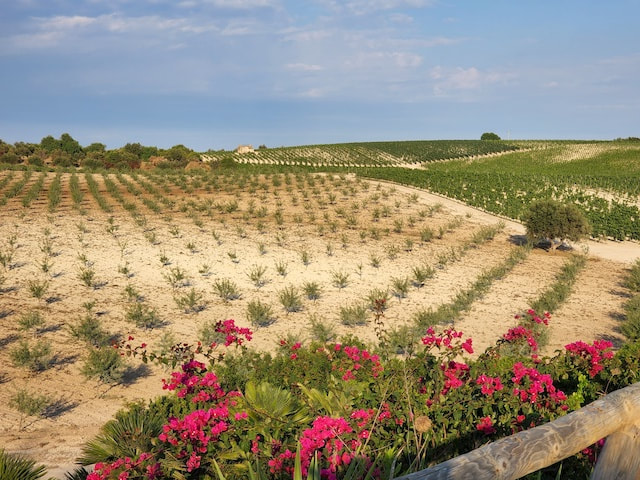
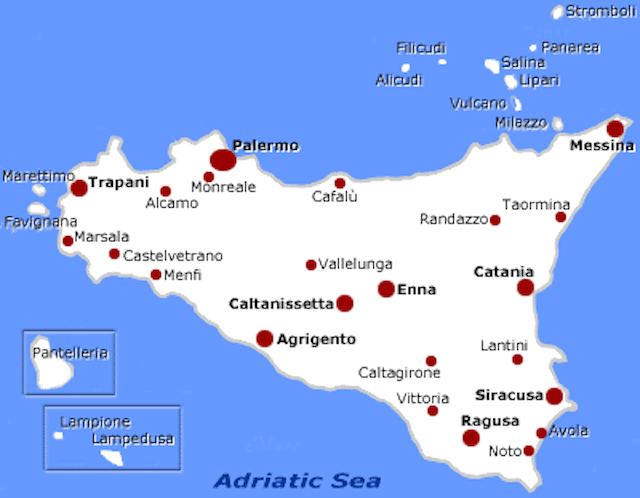
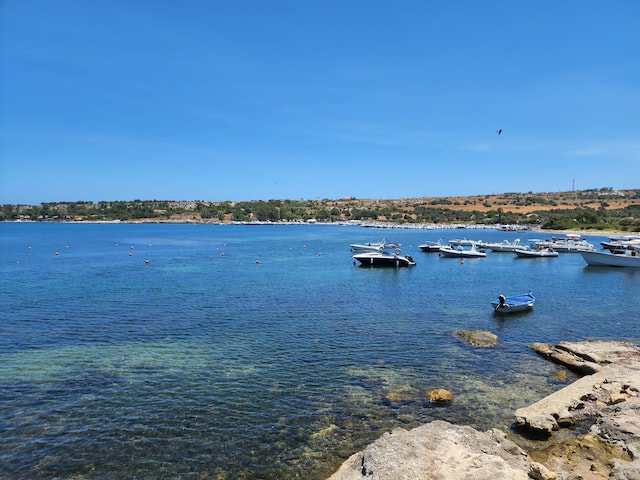
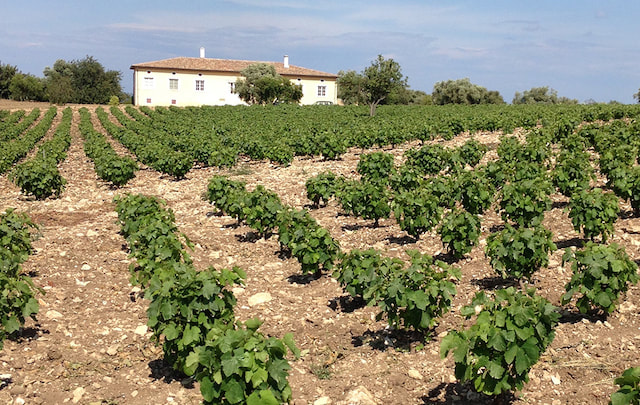
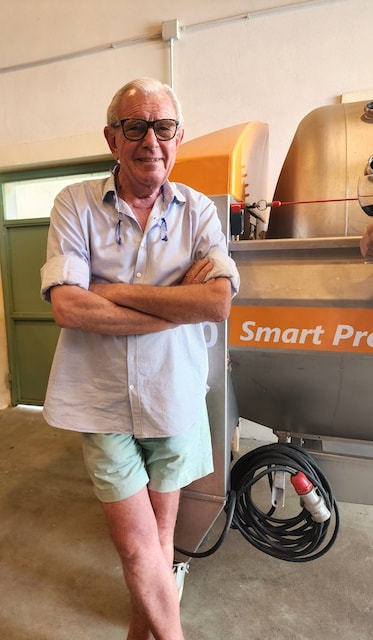
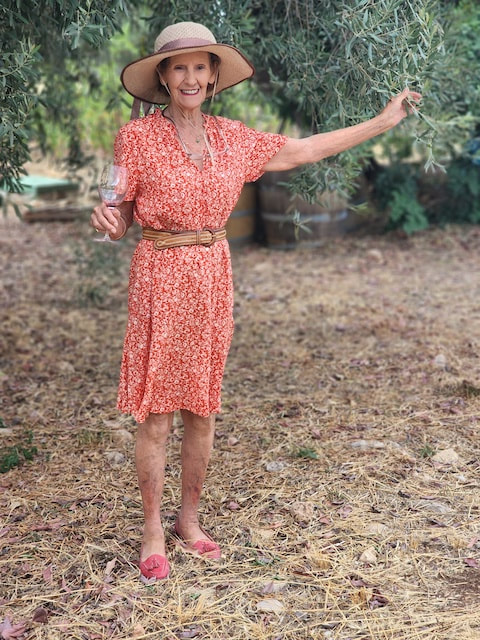
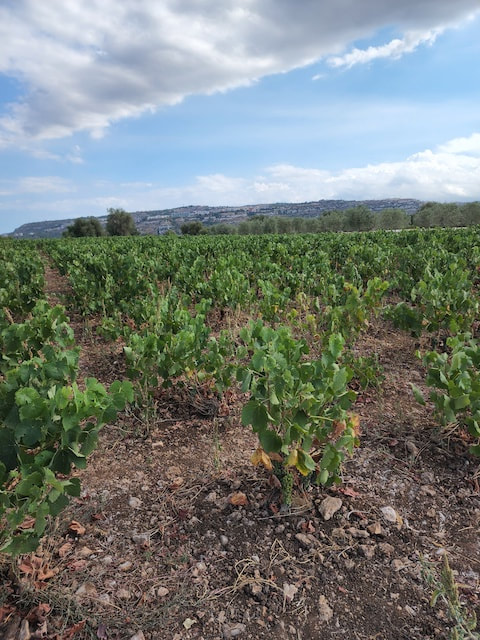
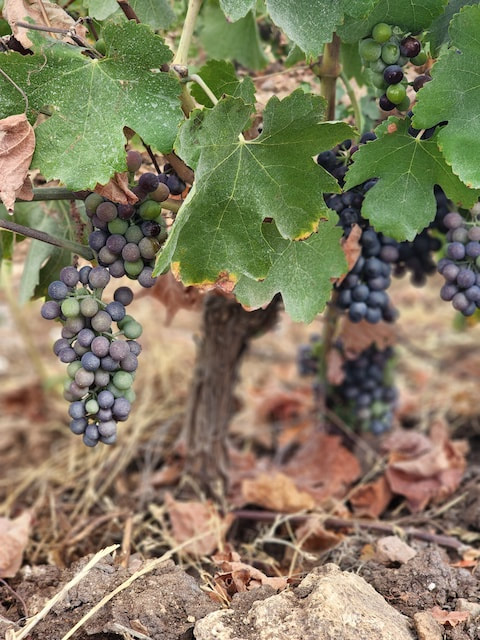
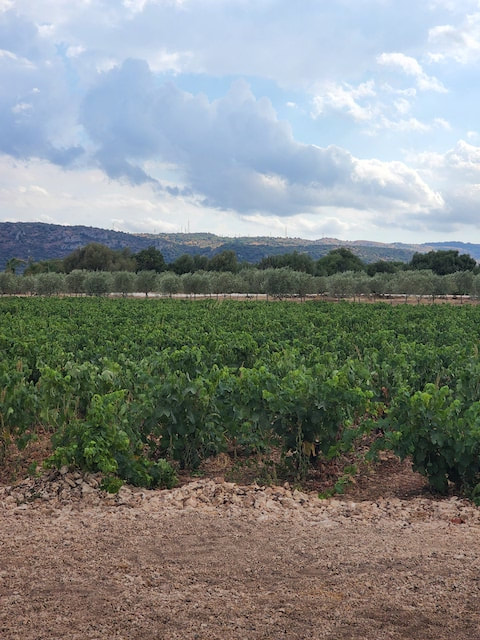
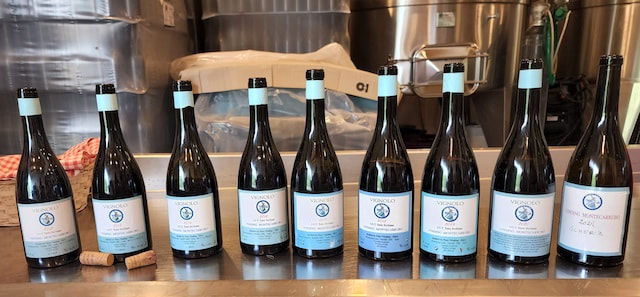
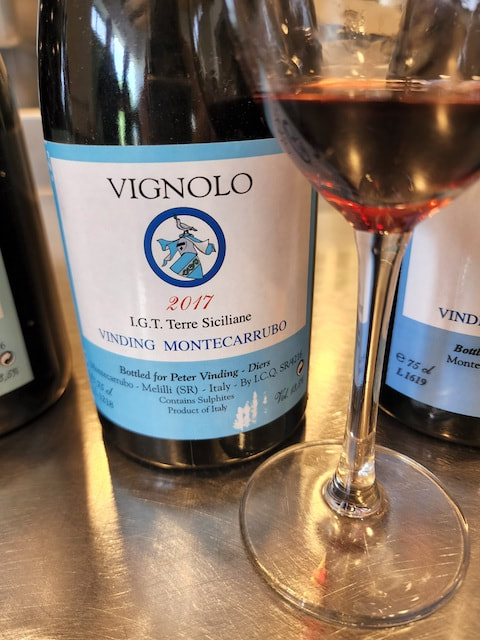
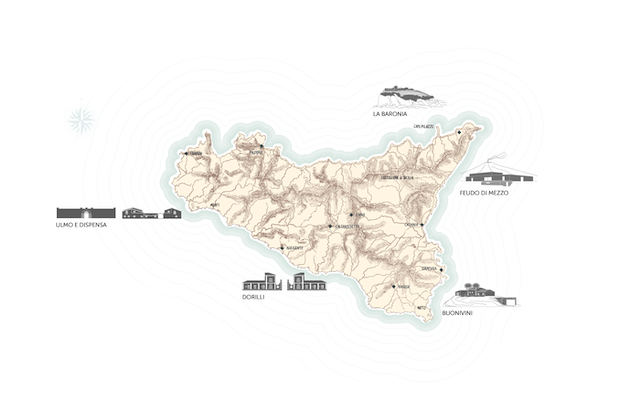
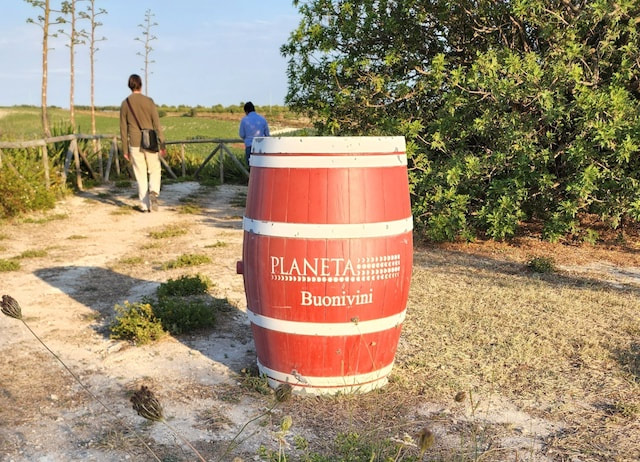
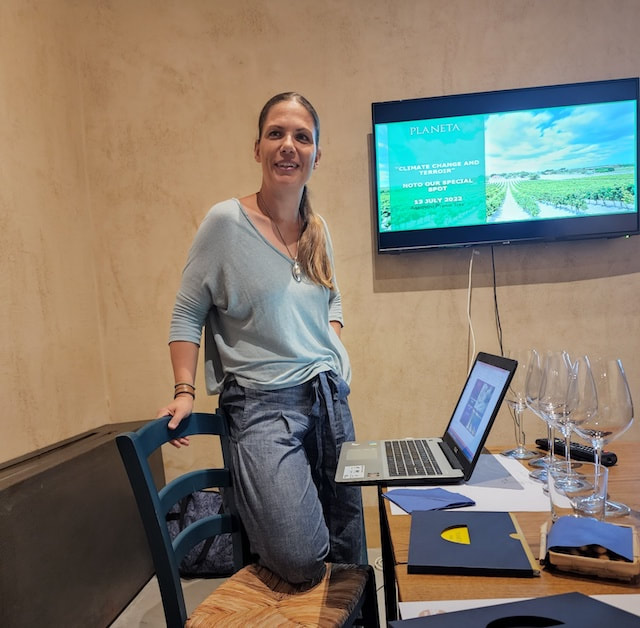
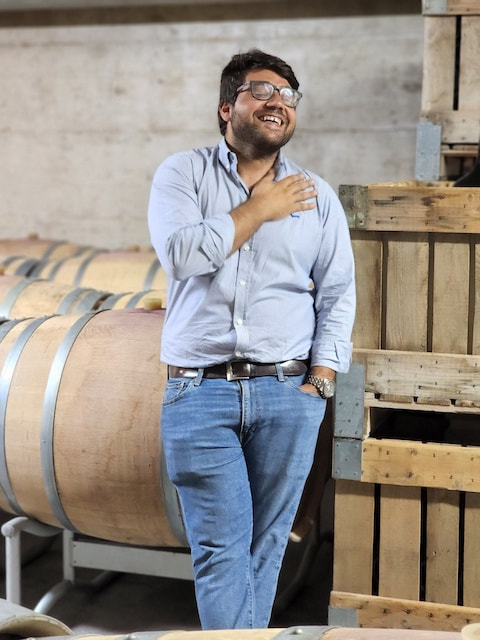
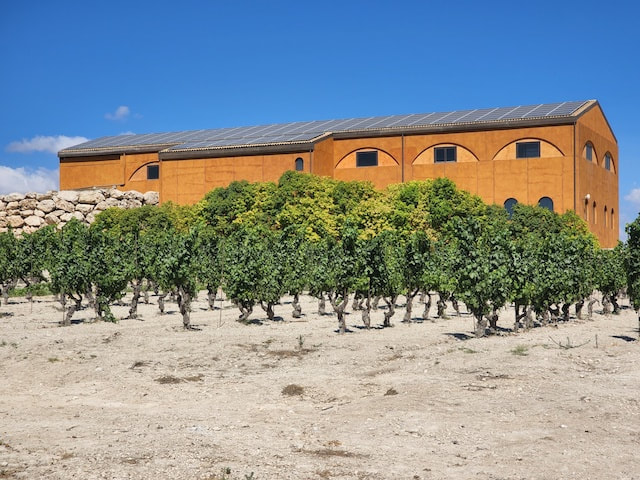
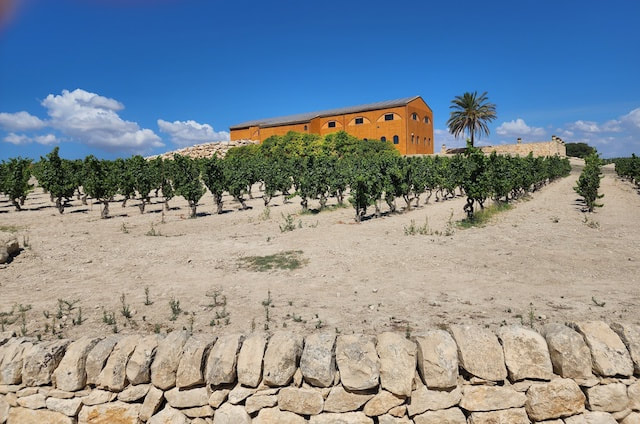
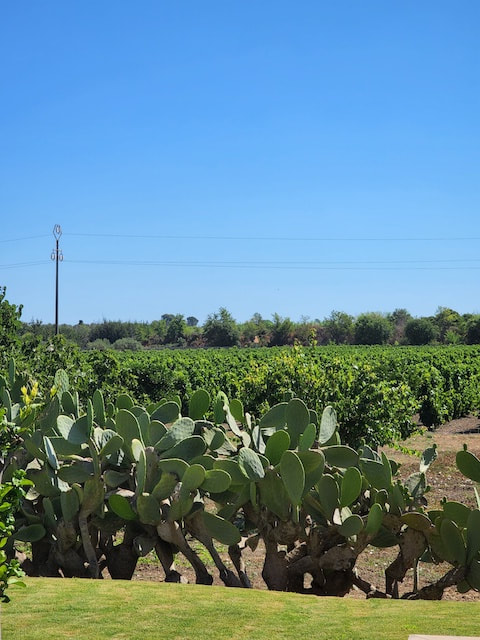
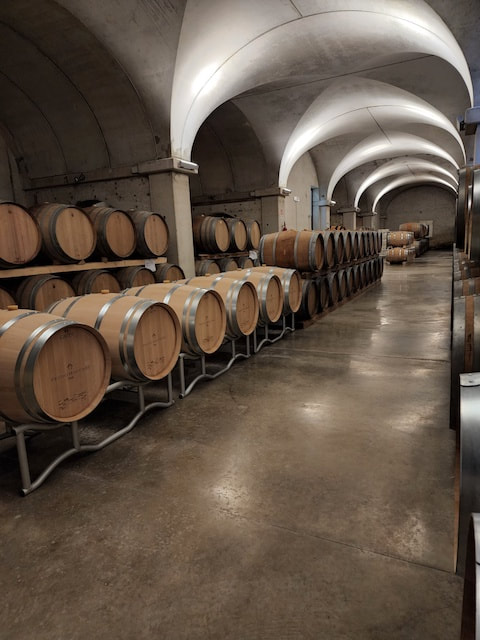
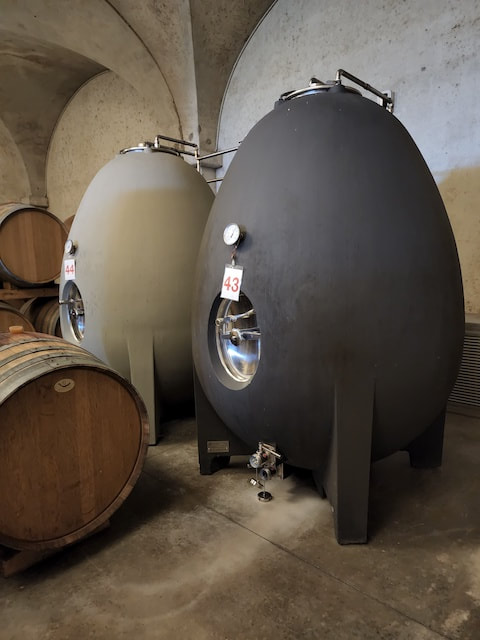
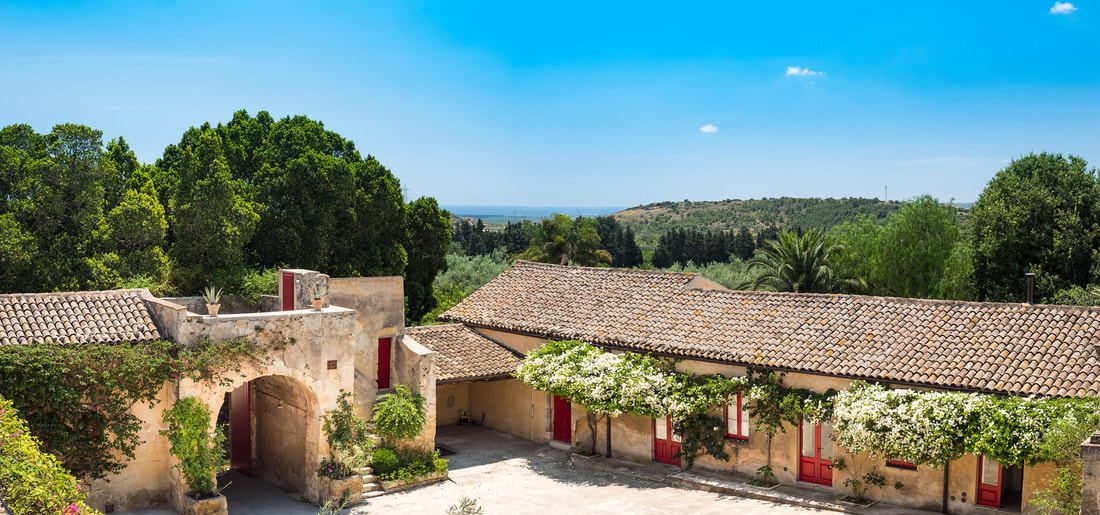
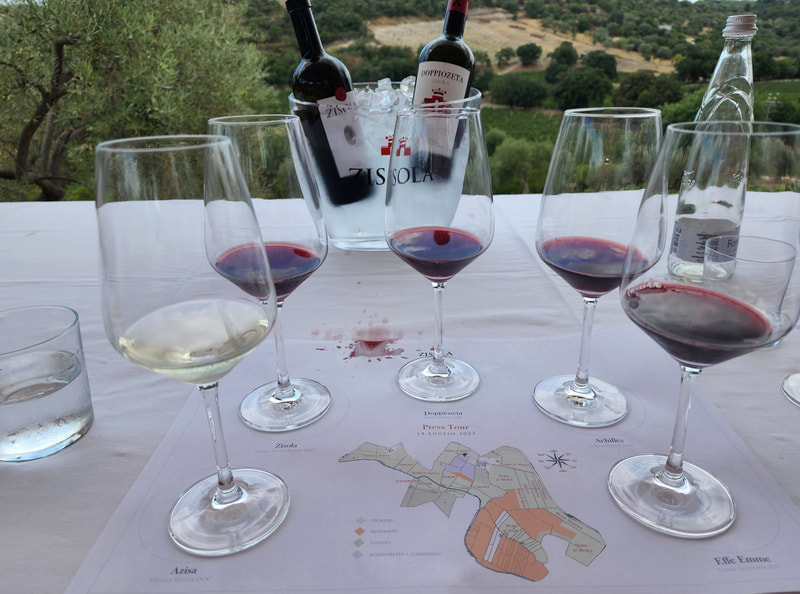
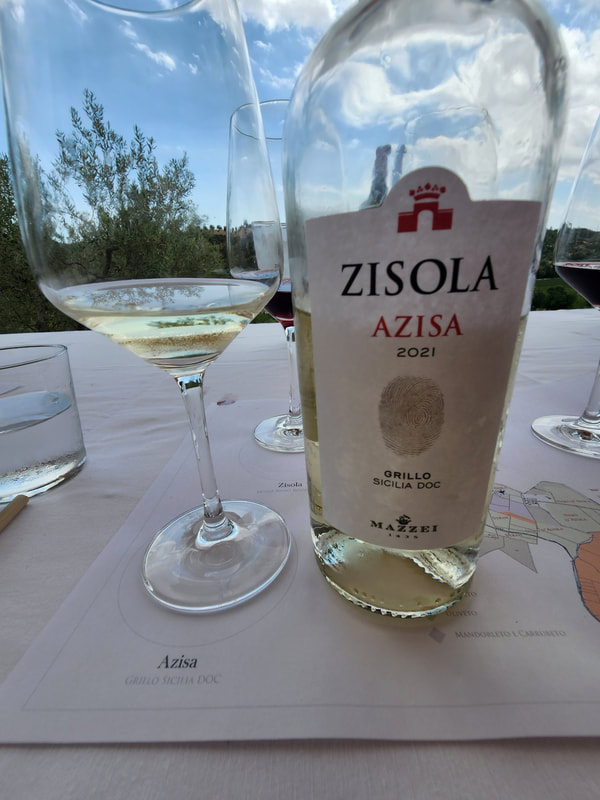
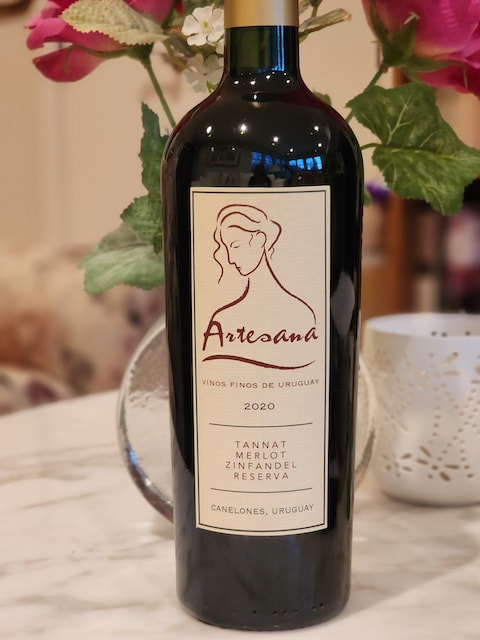
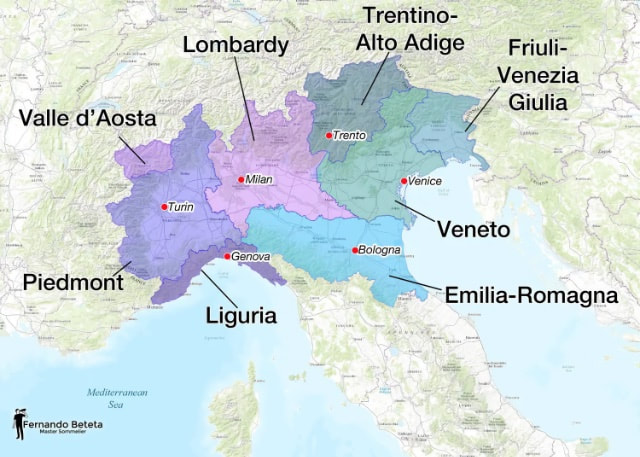
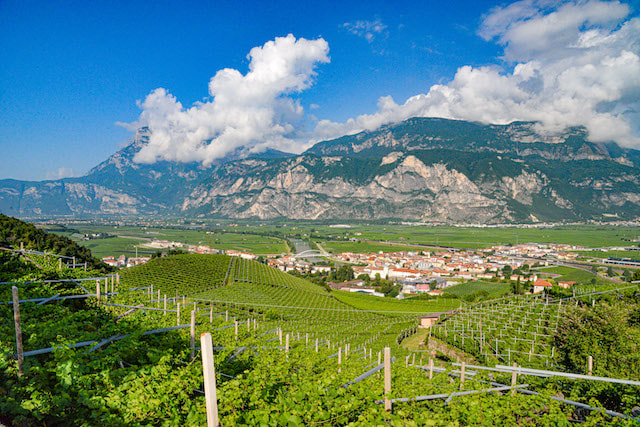
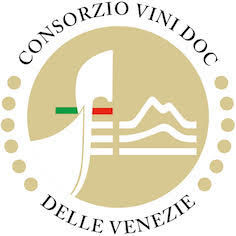
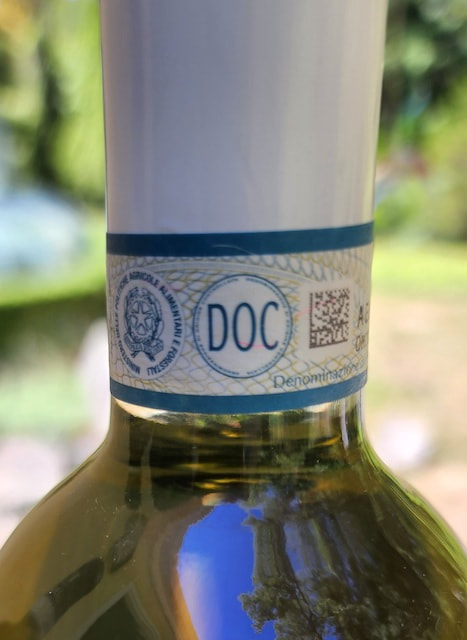
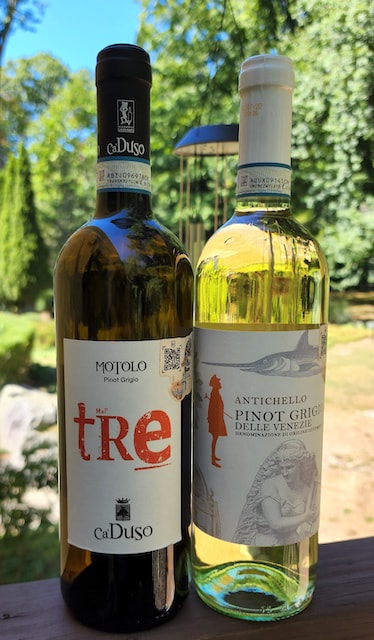
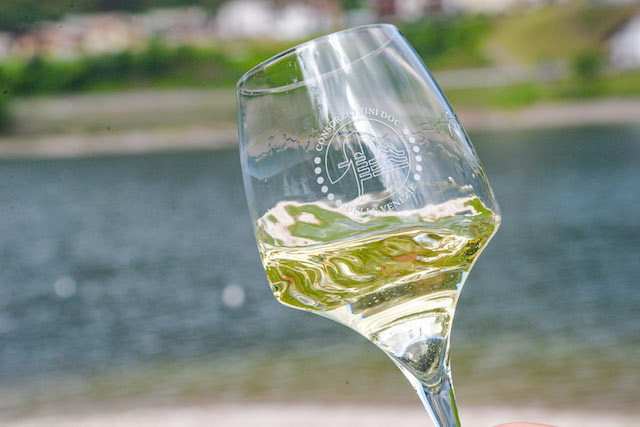

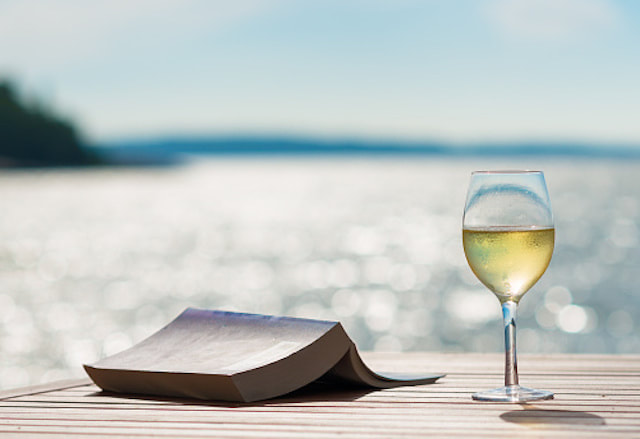
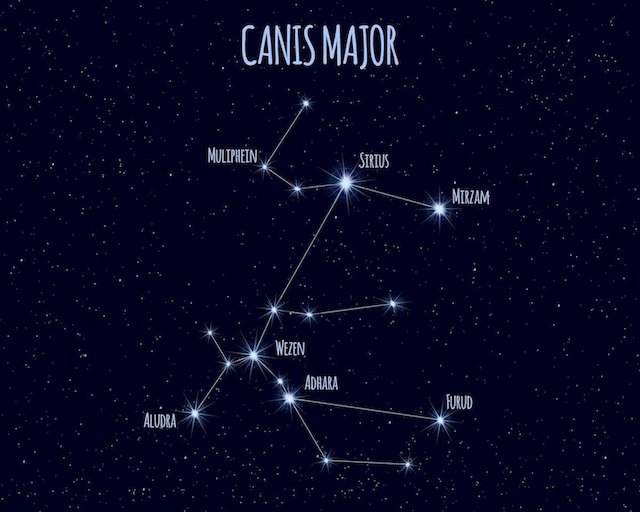
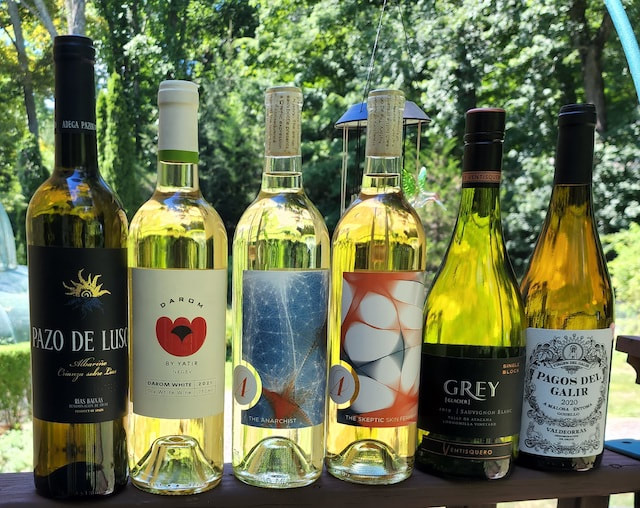
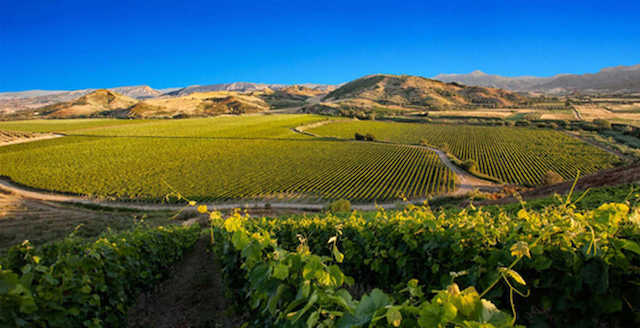
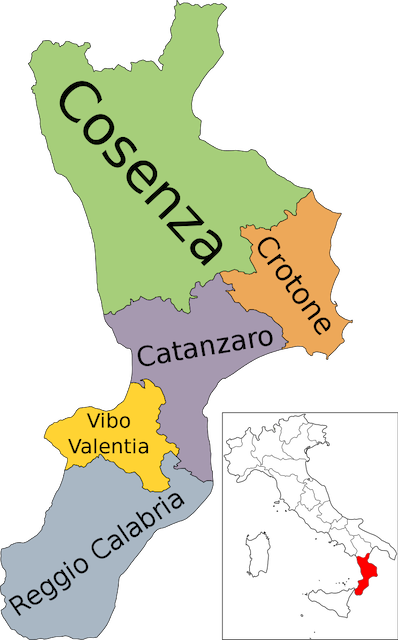
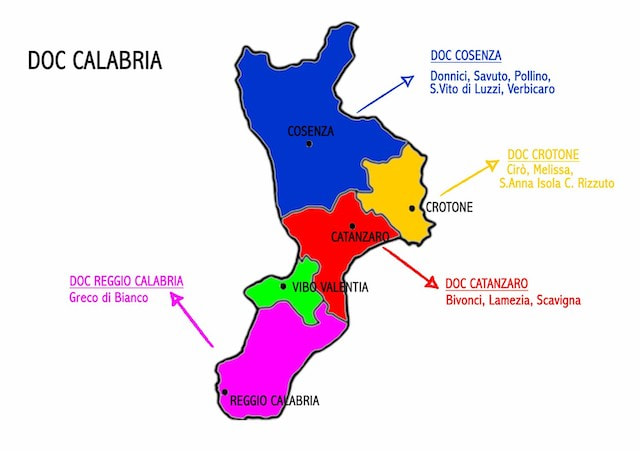
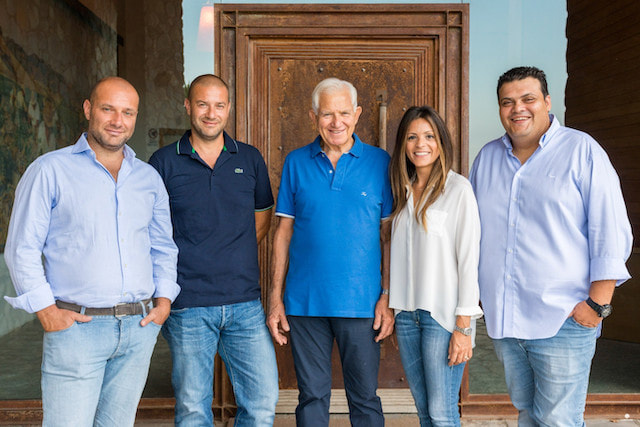
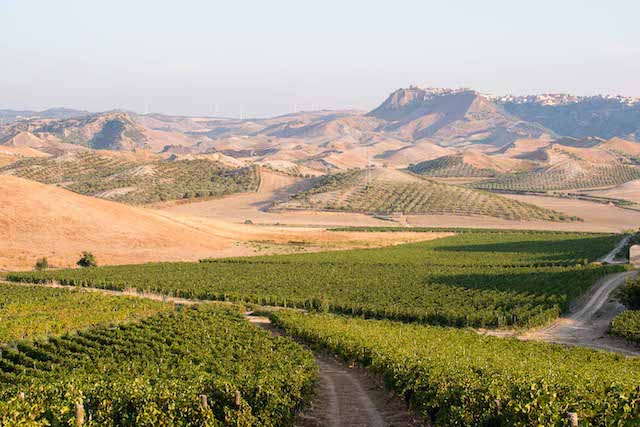
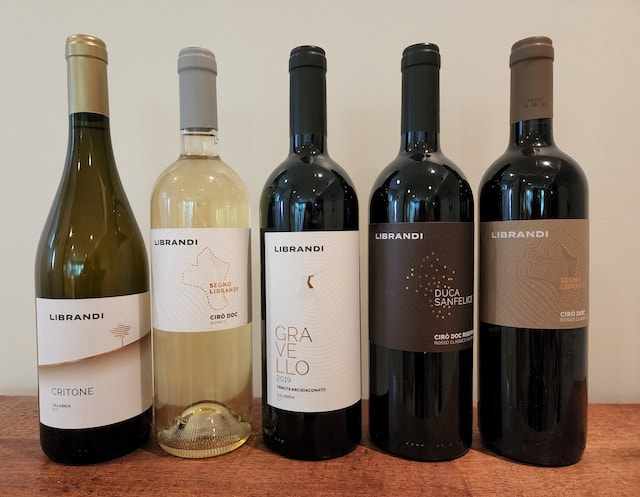
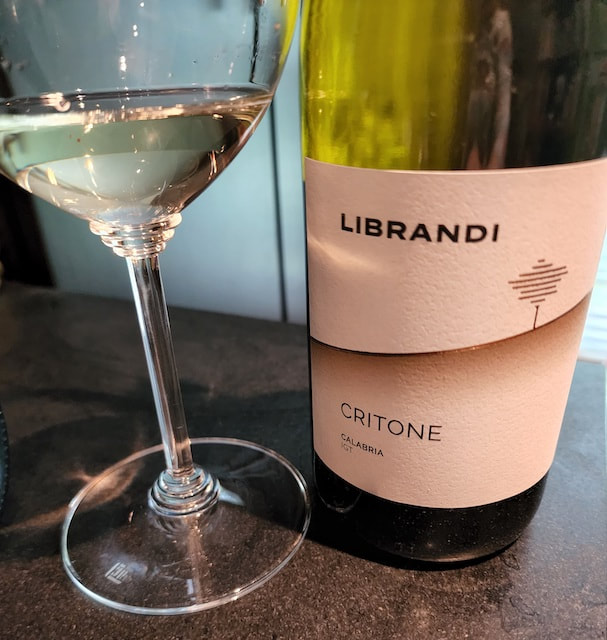
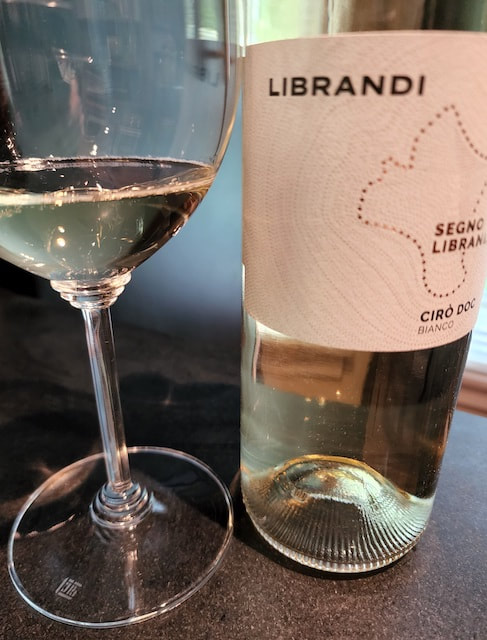
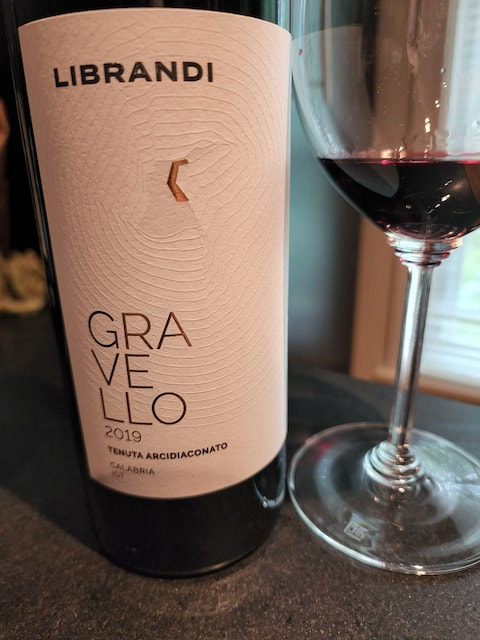
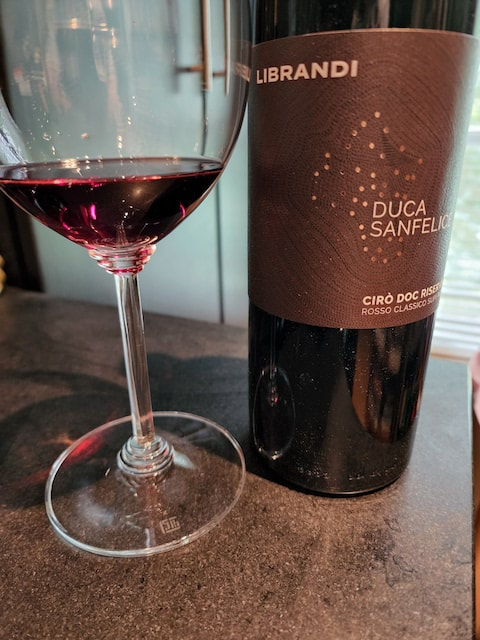
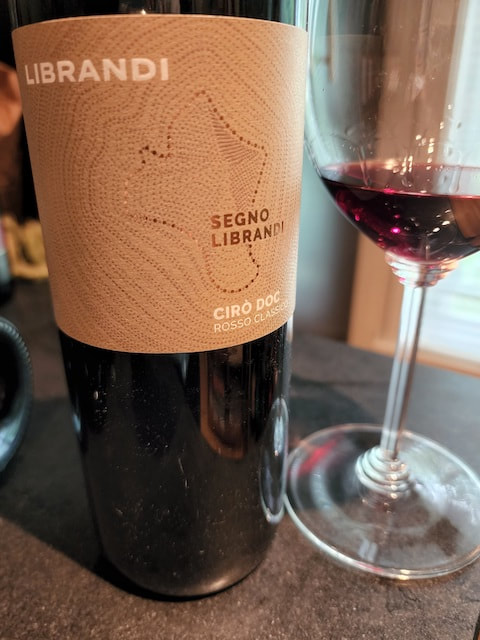
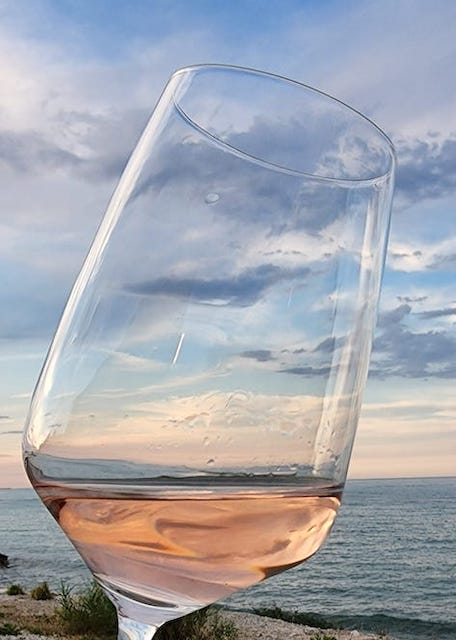
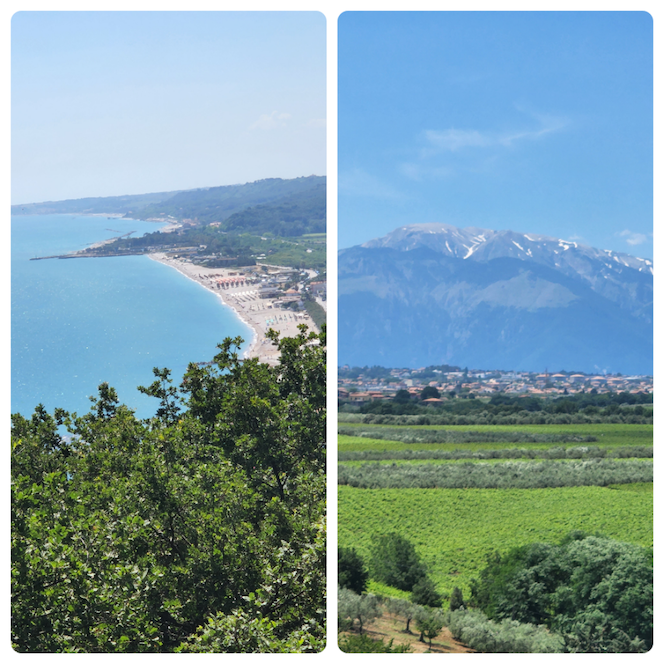
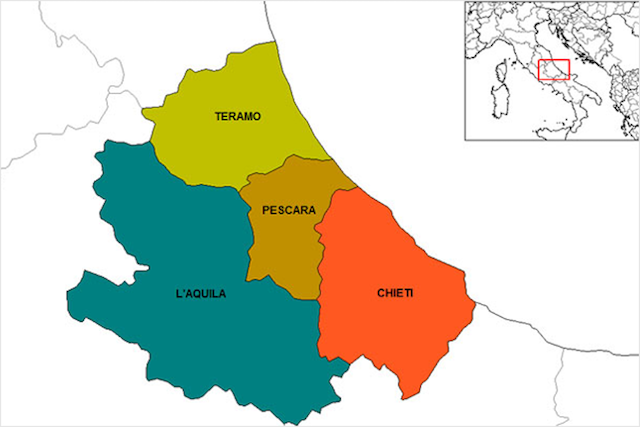
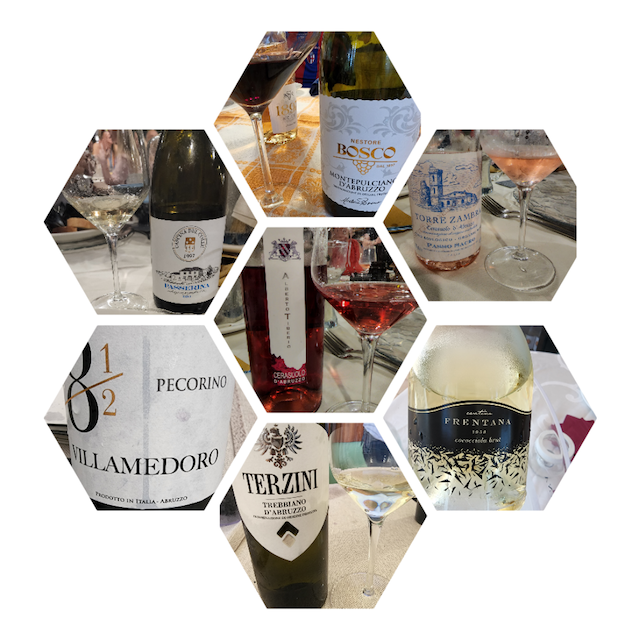
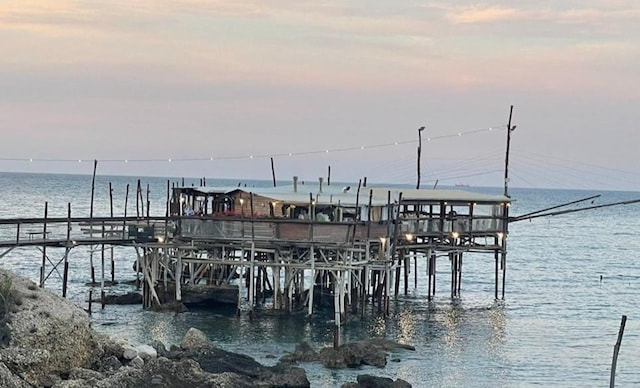
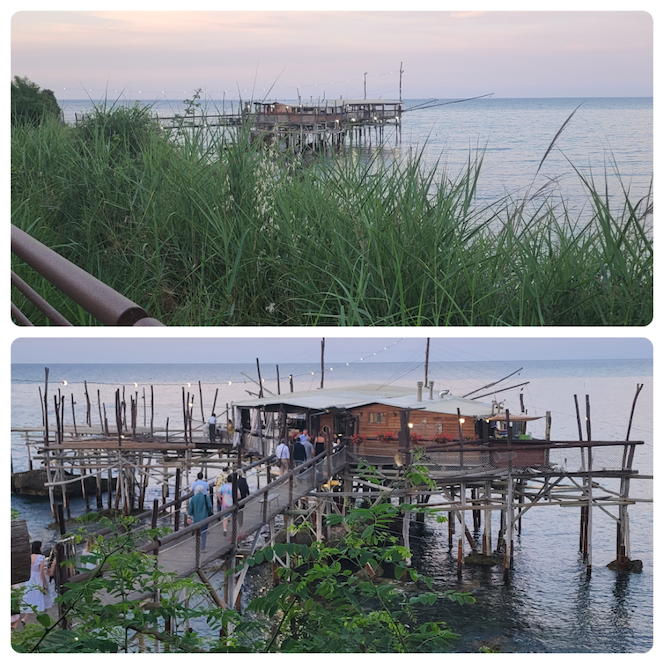
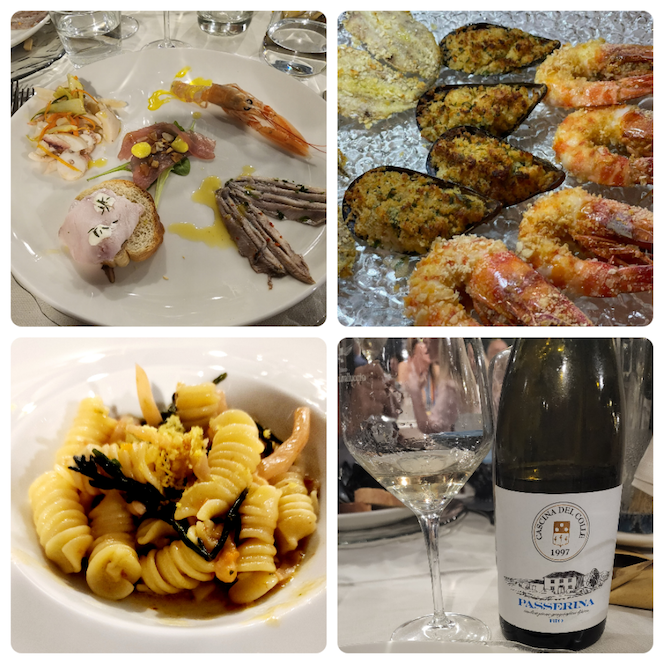
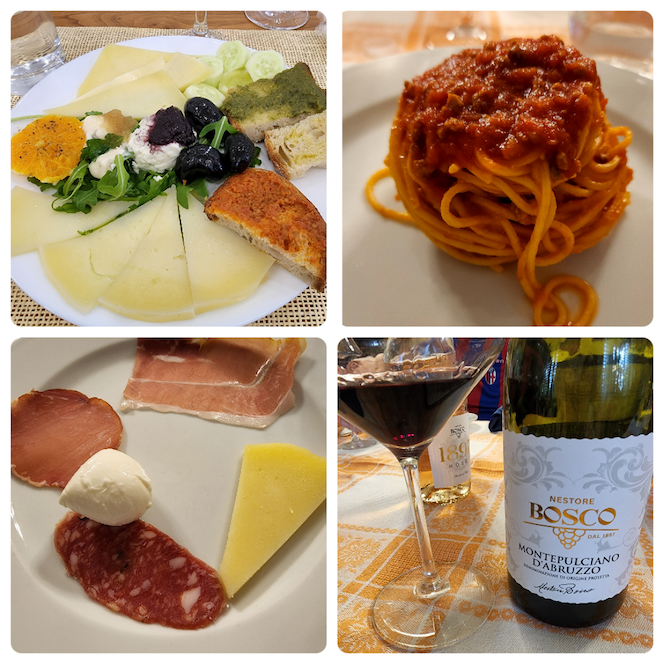
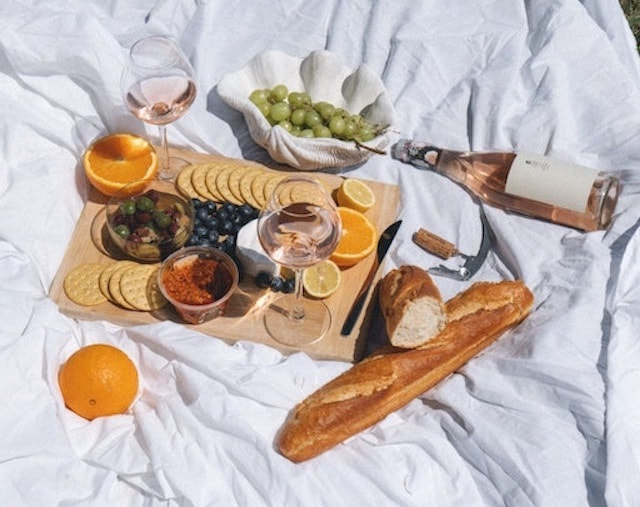
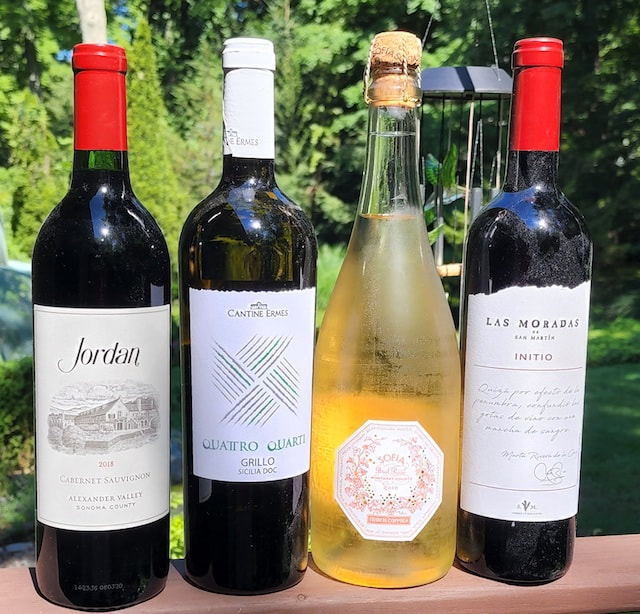
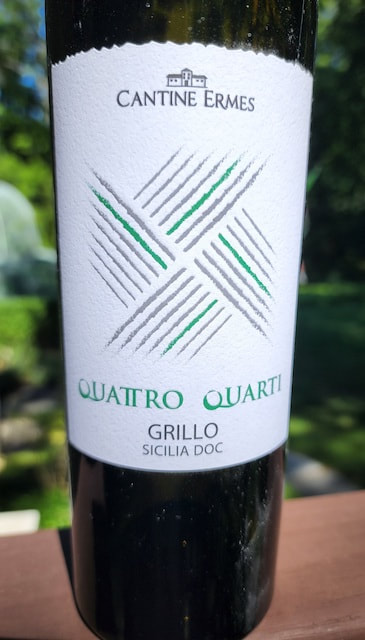
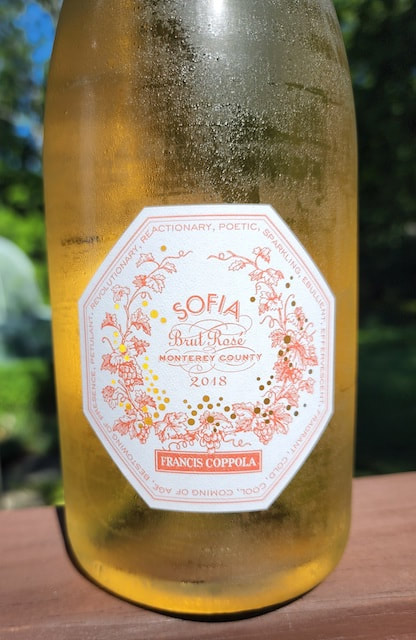
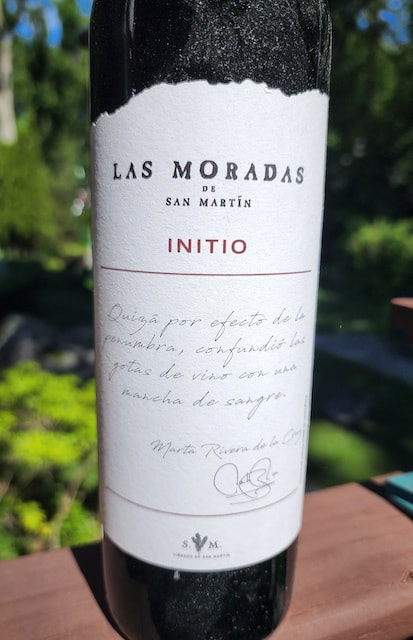
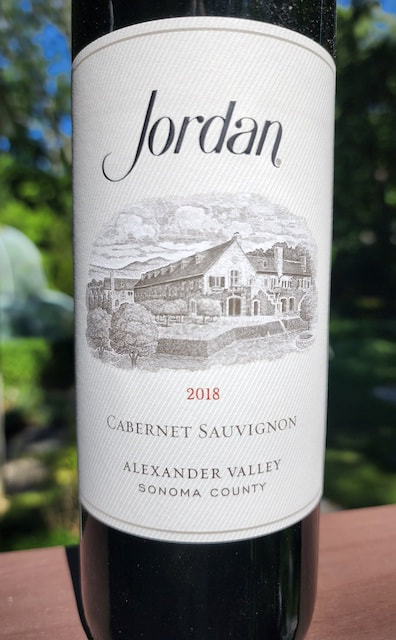
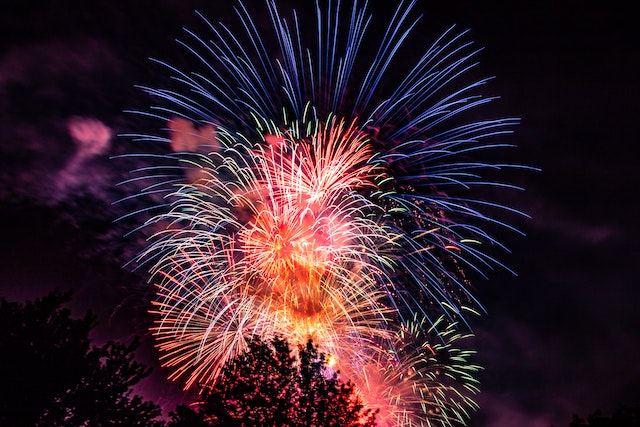
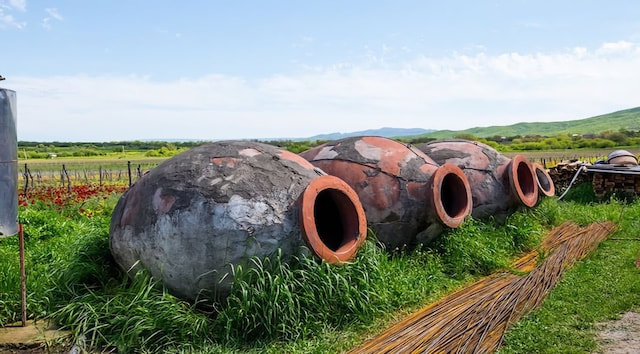
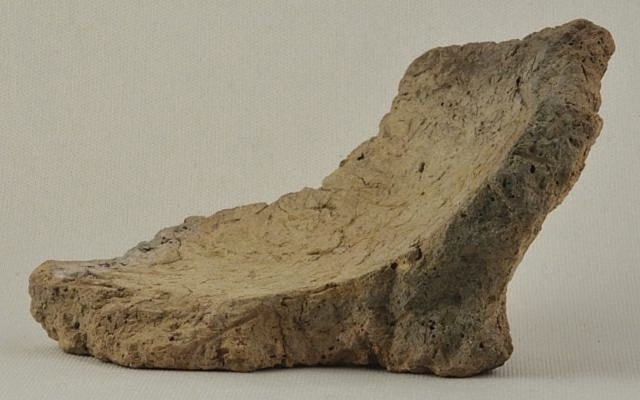
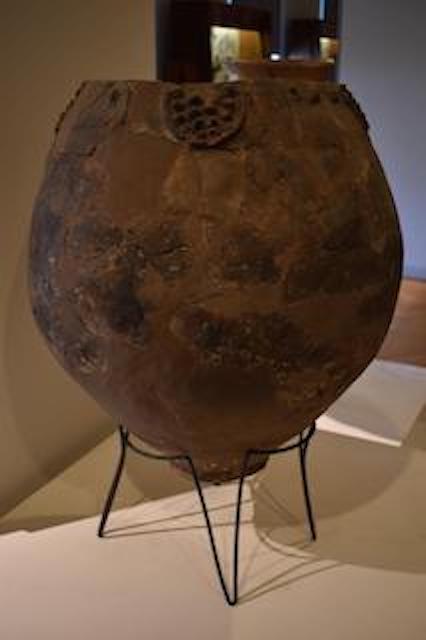
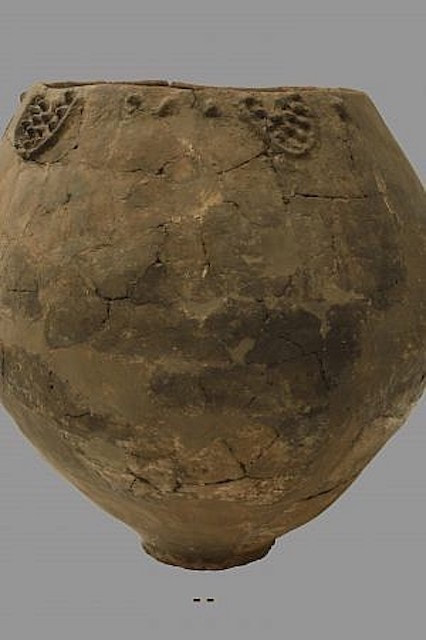
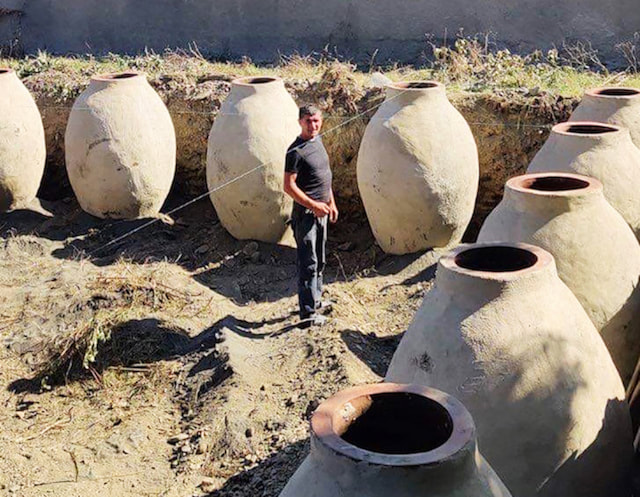
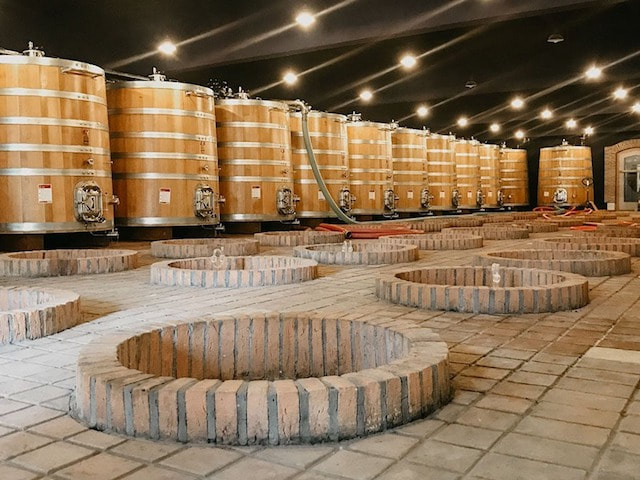
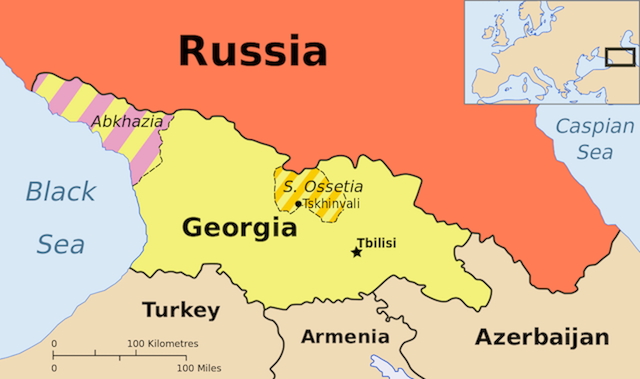
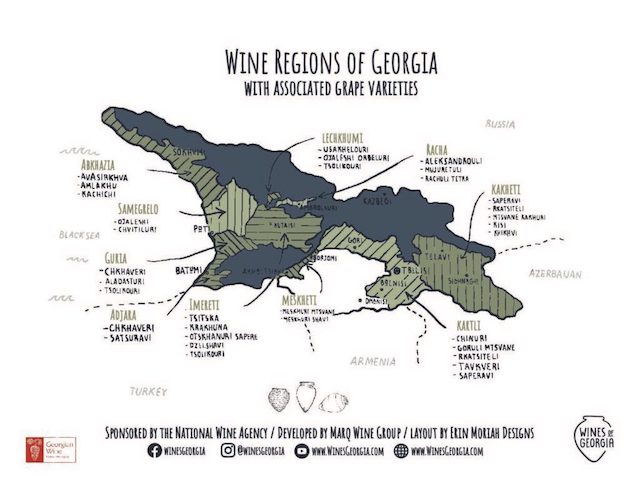
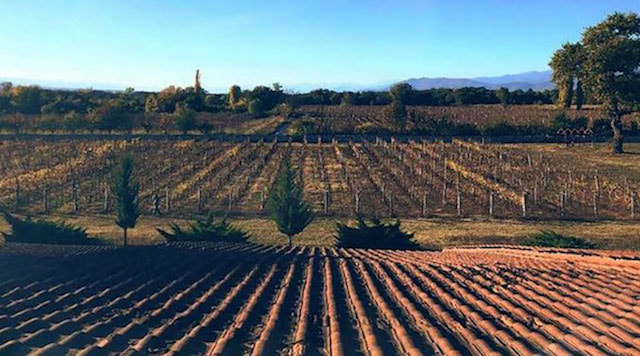
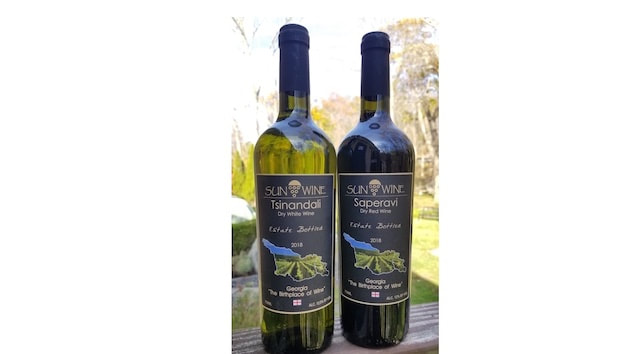
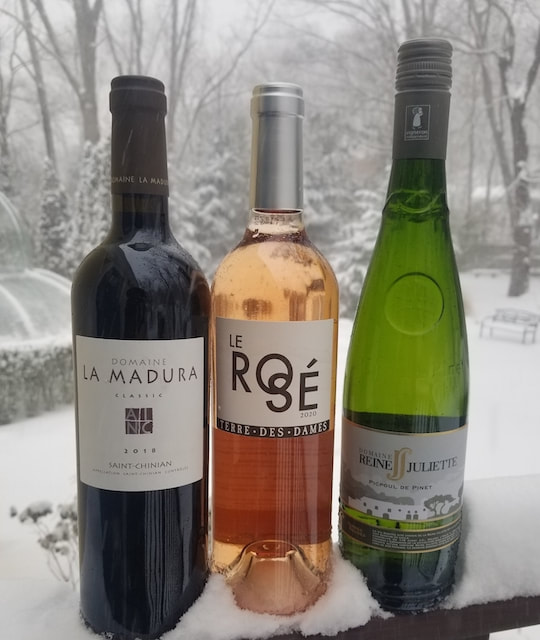
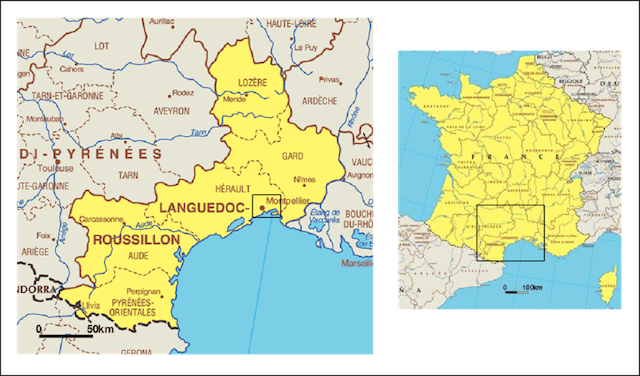
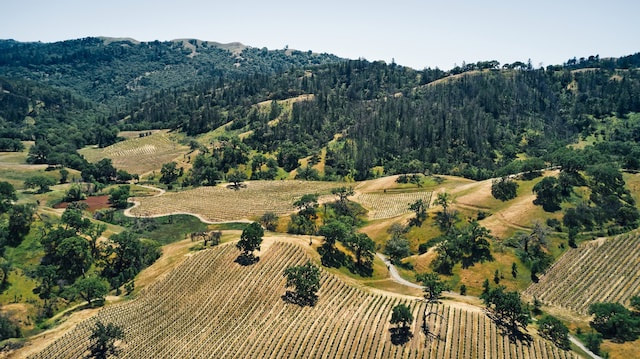
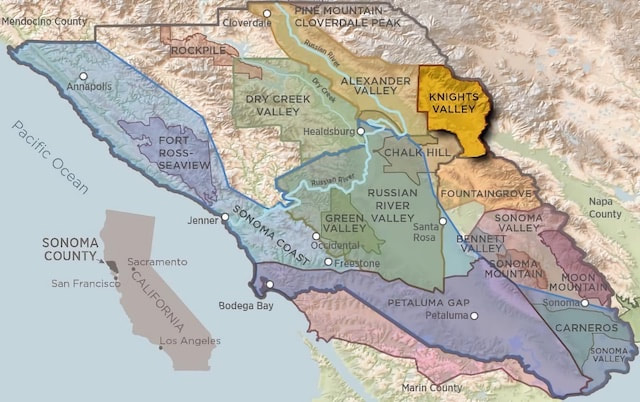
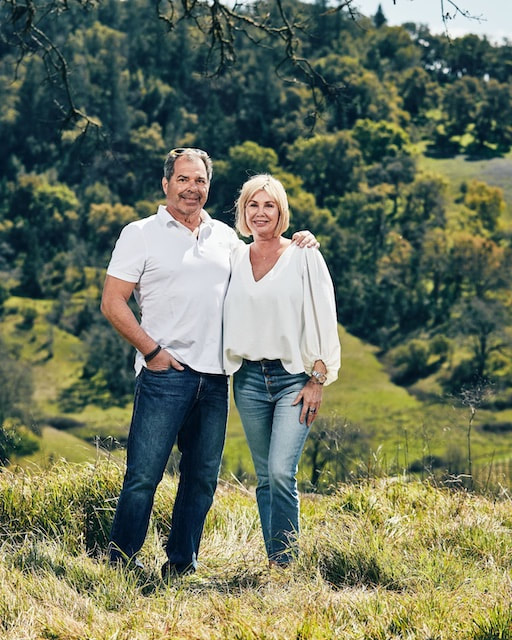
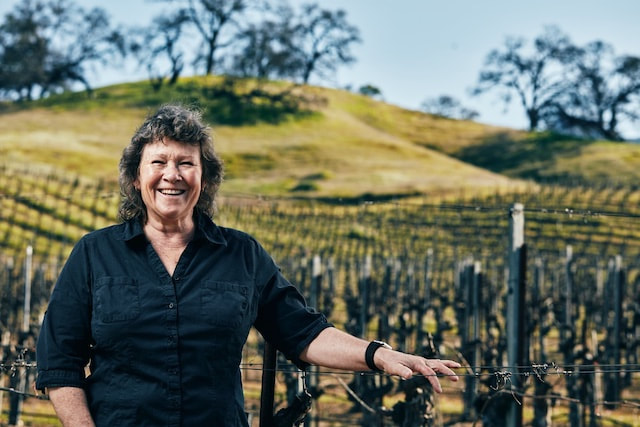
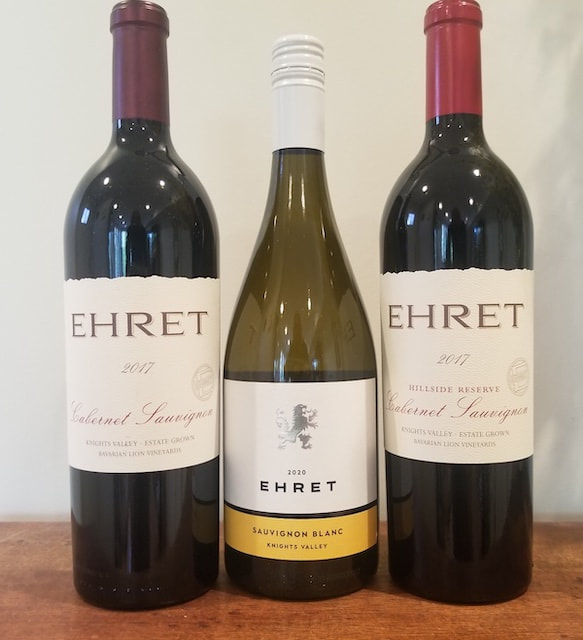
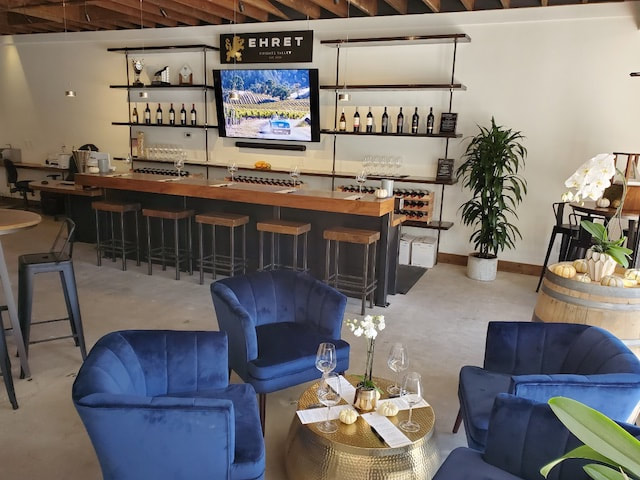
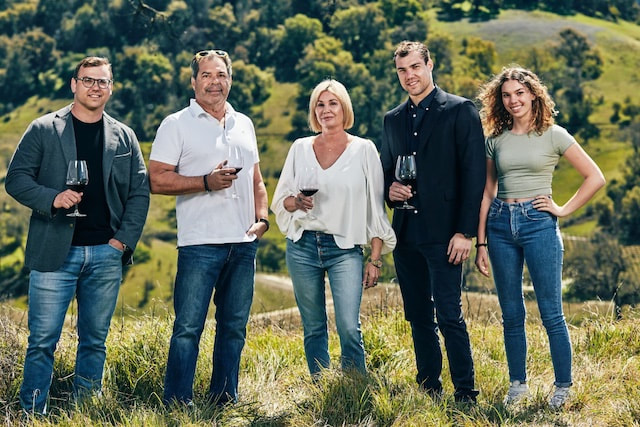
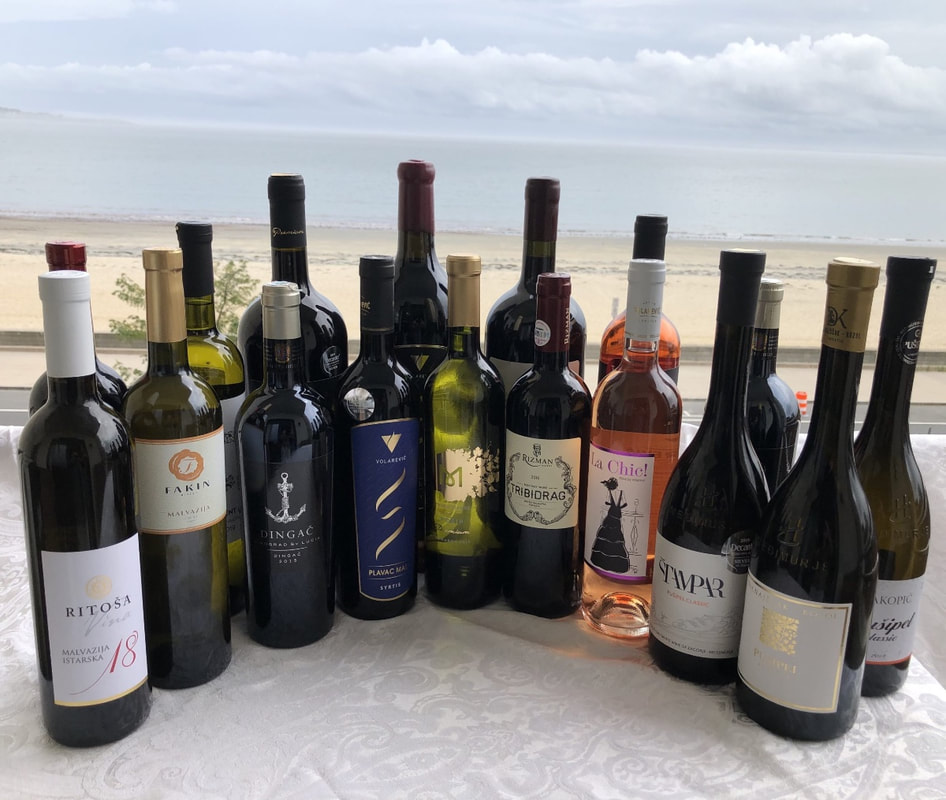
 RSS Feed
RSS Feed